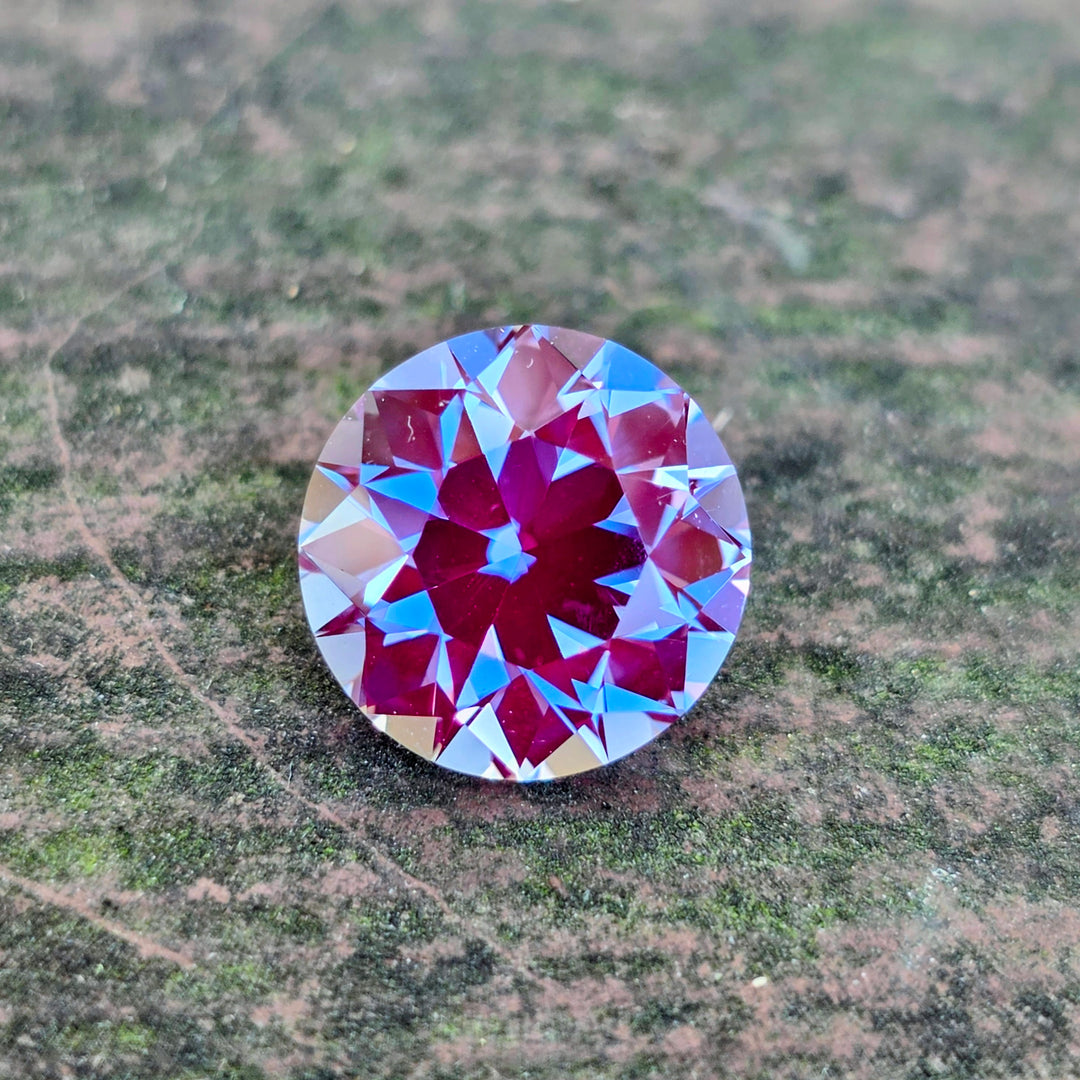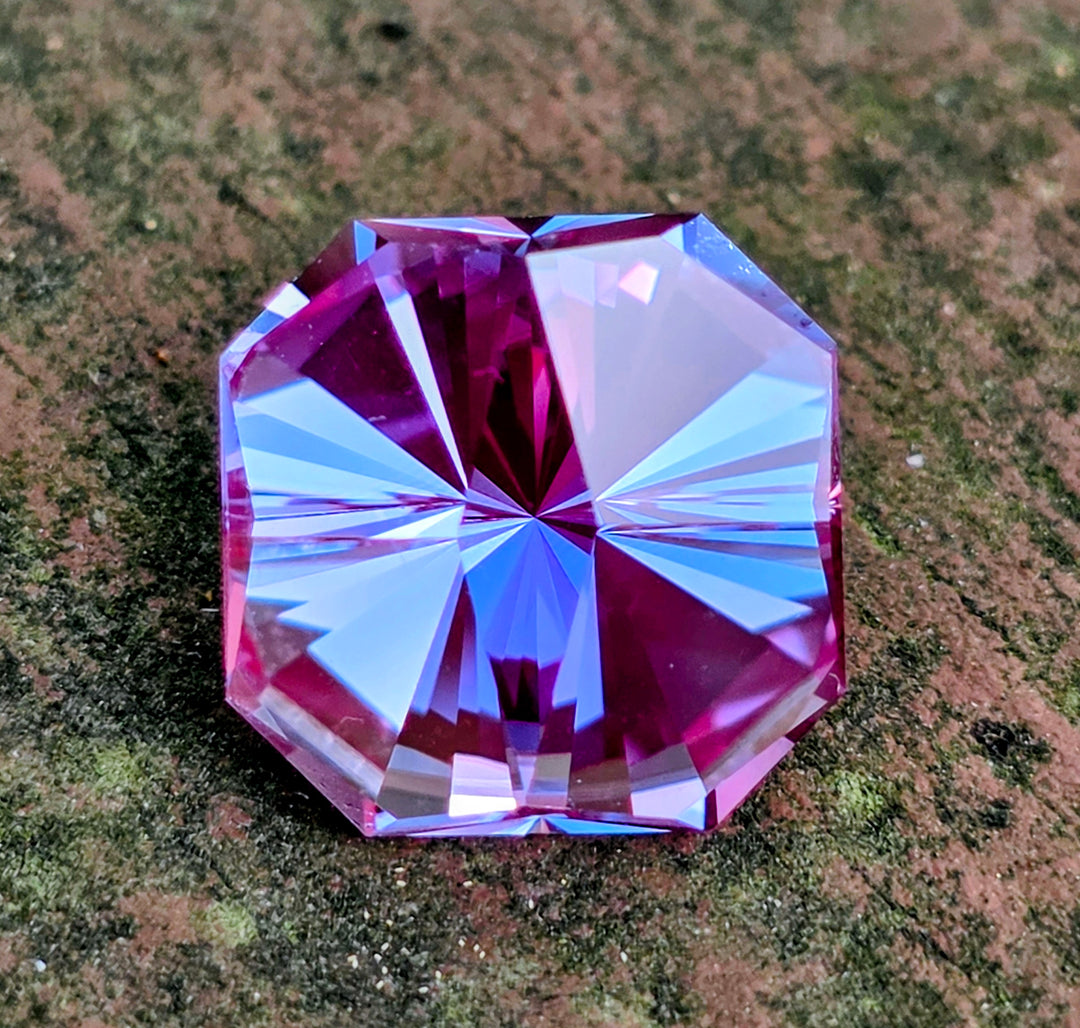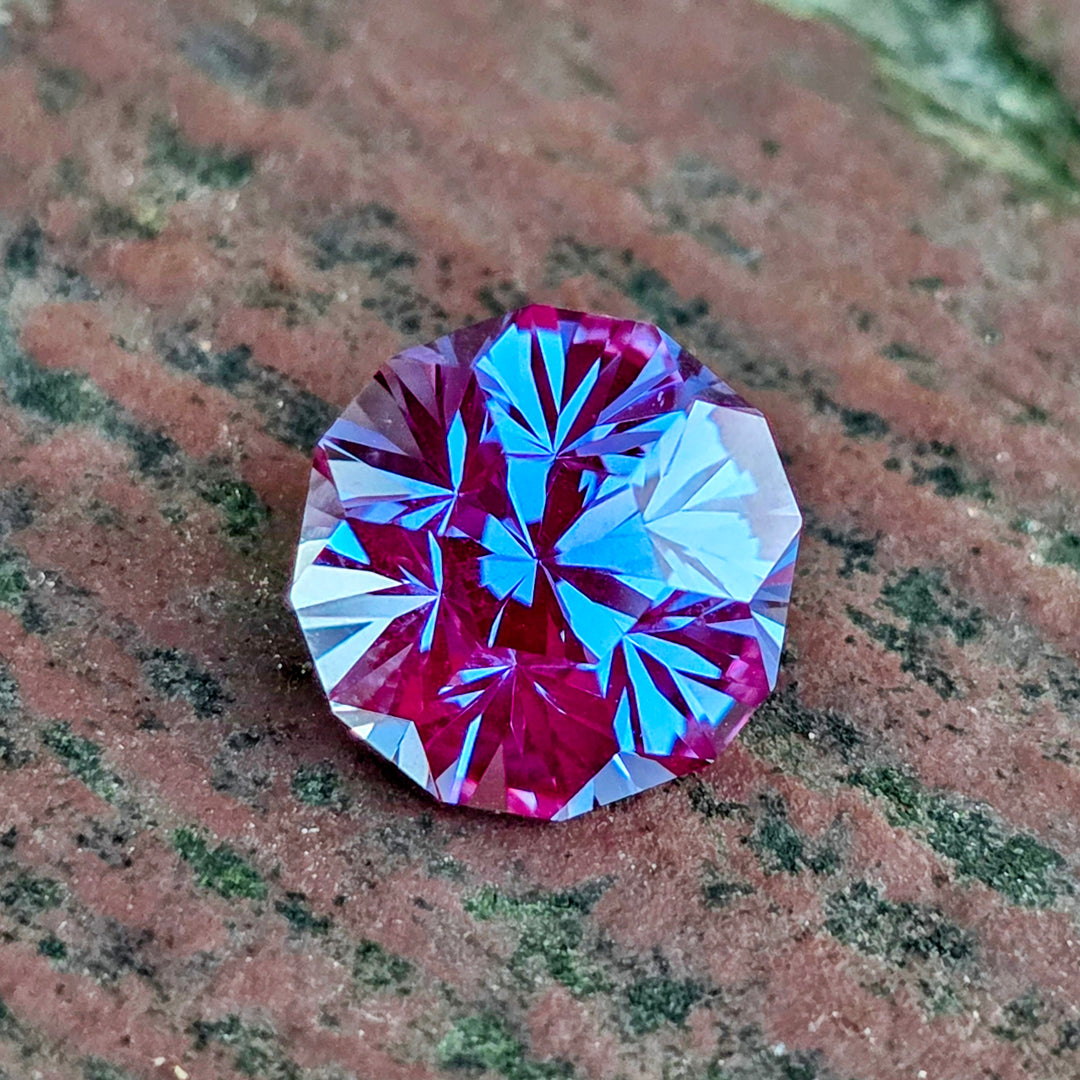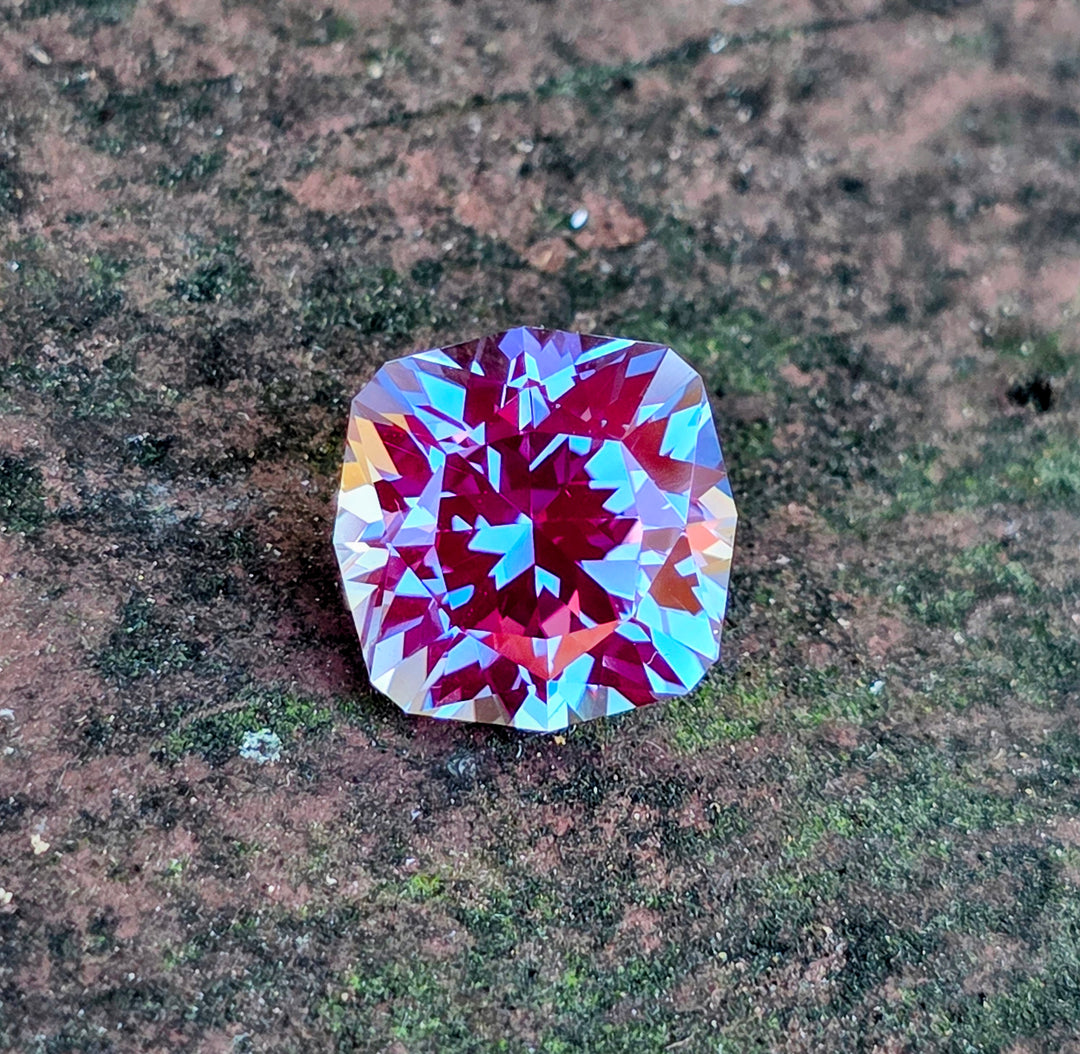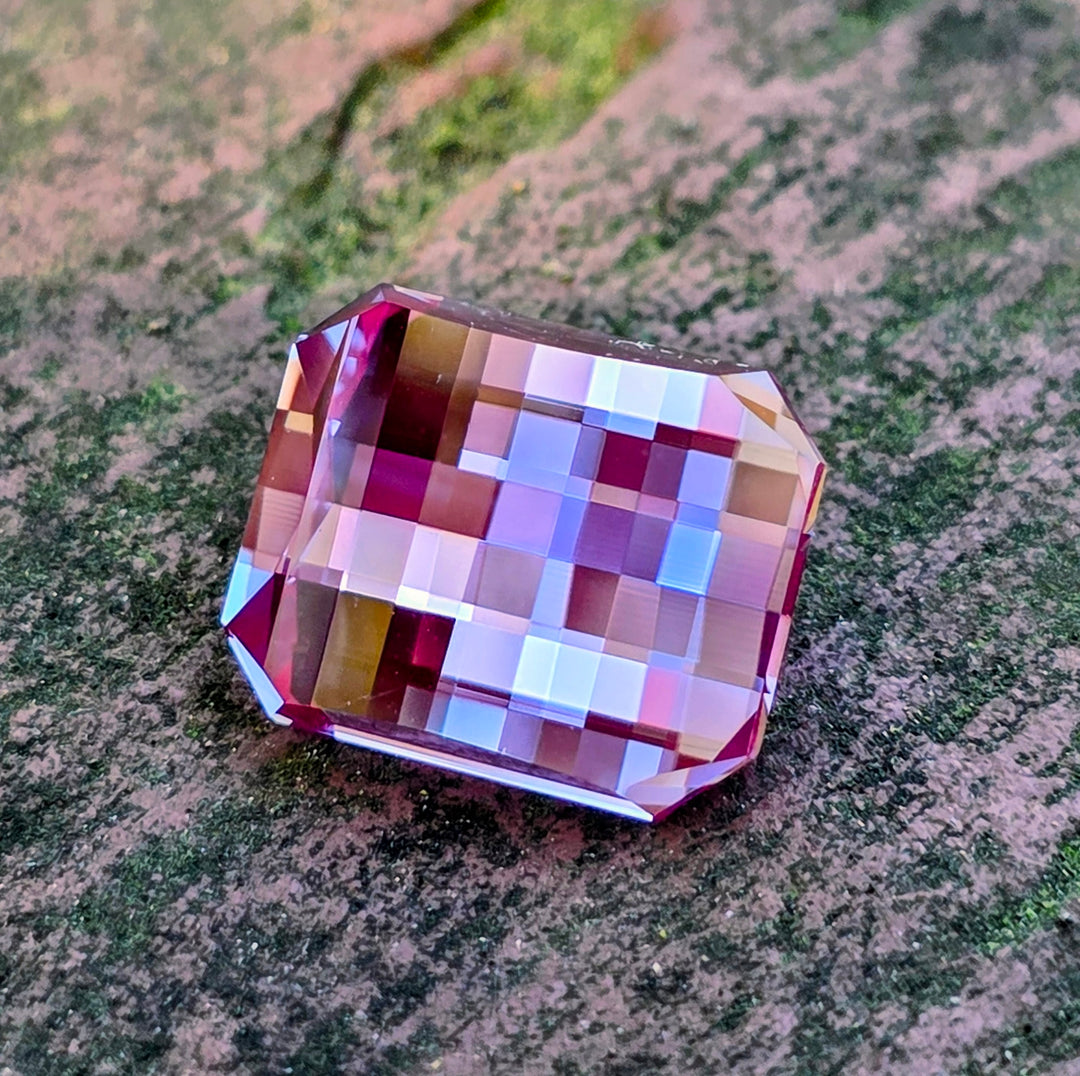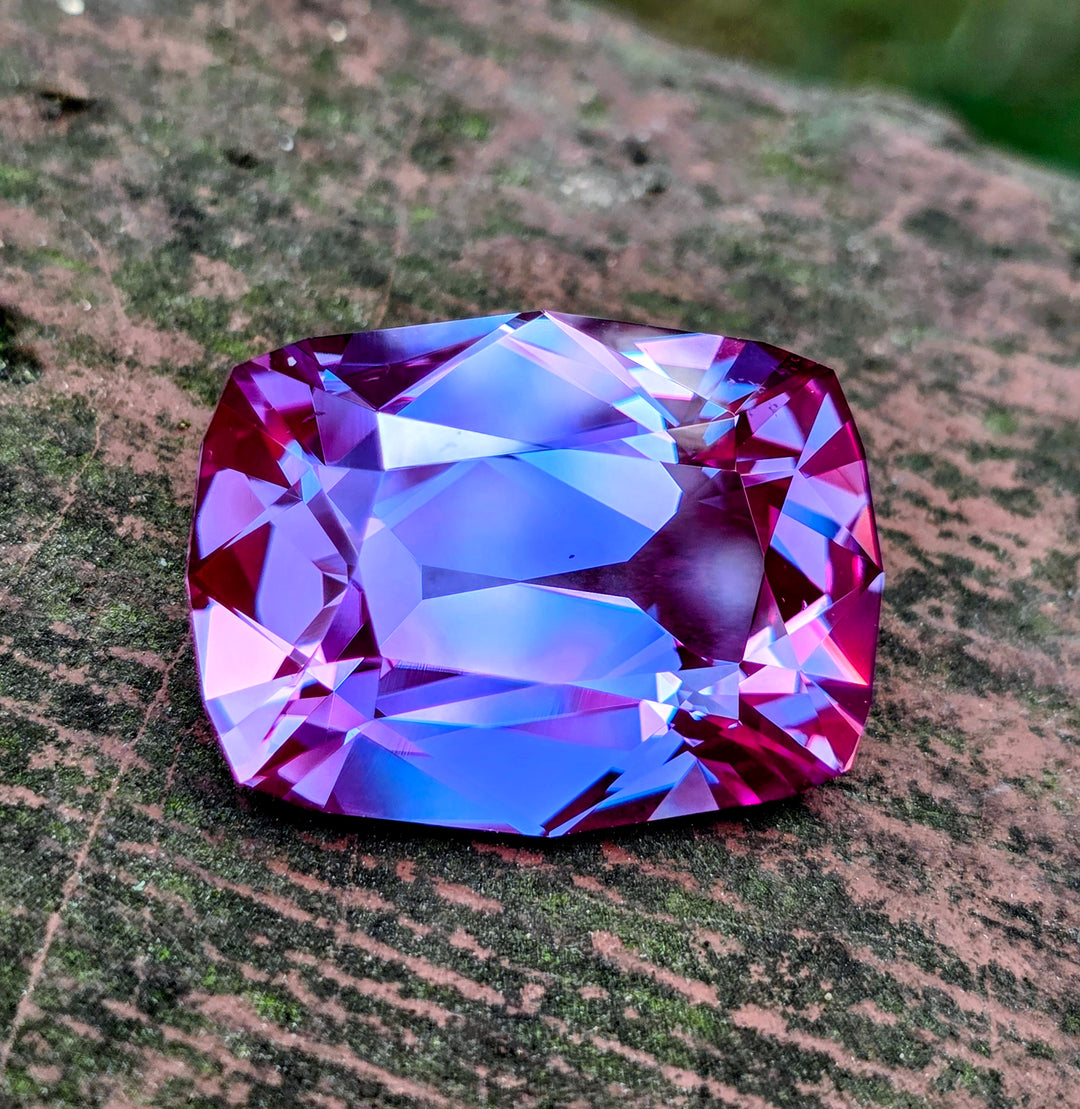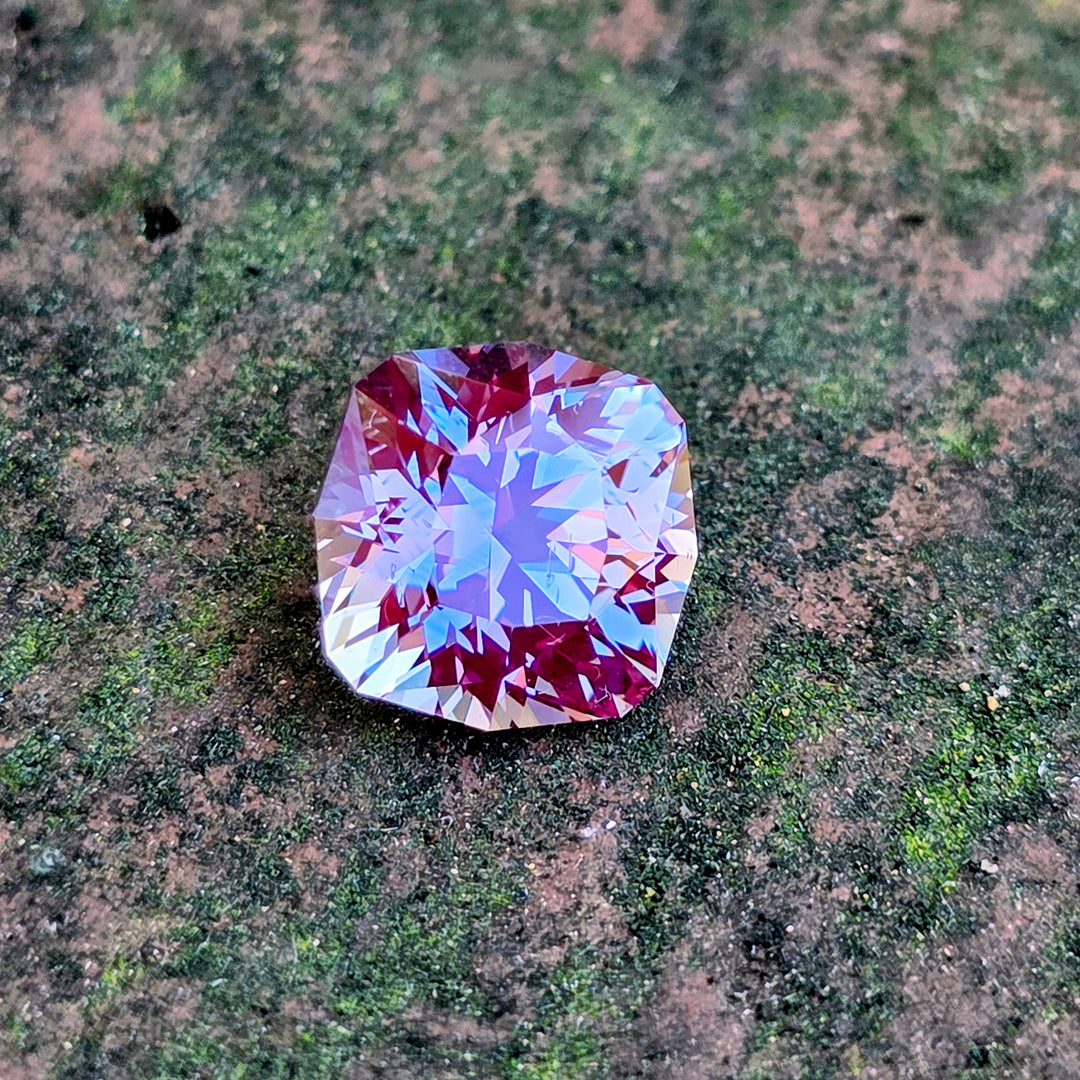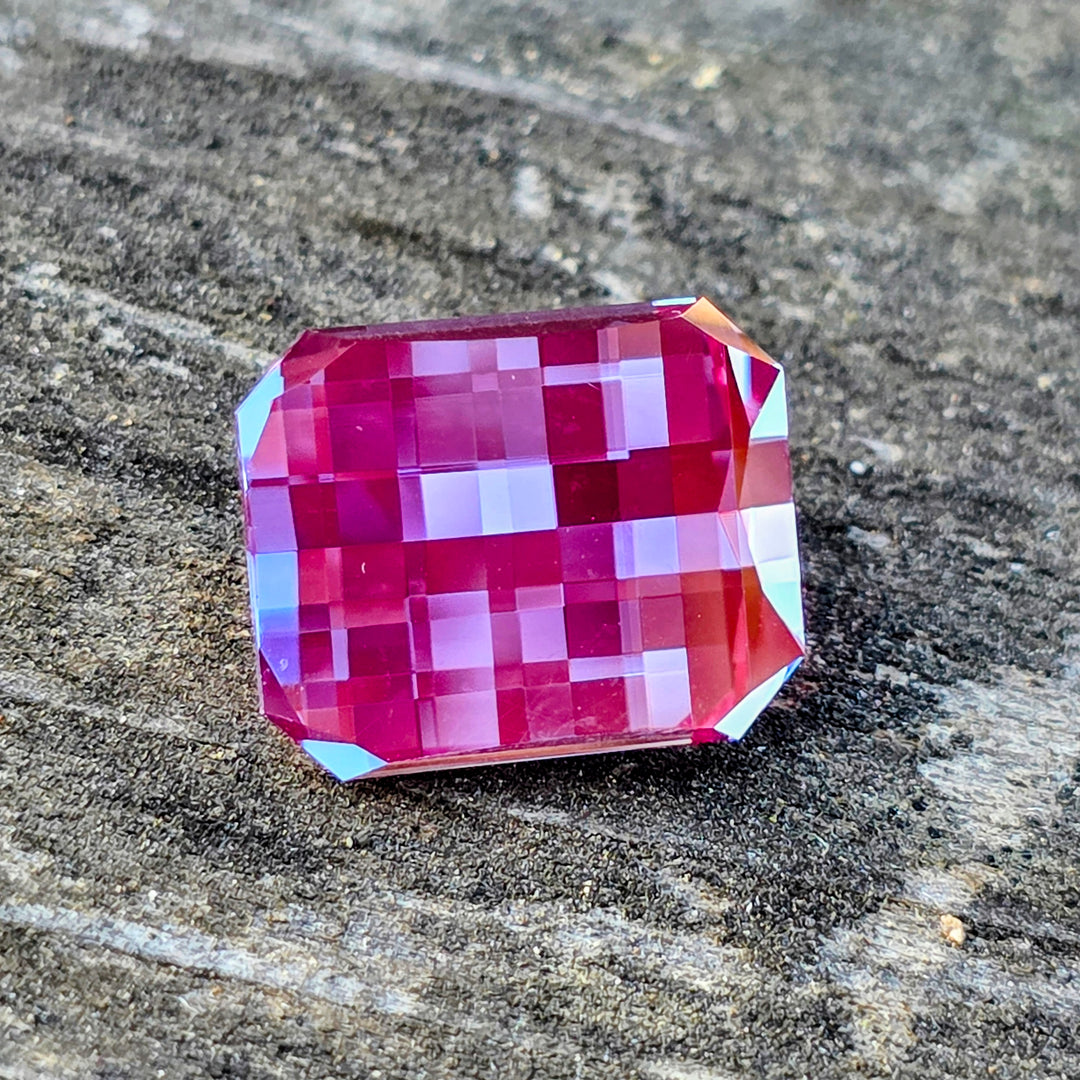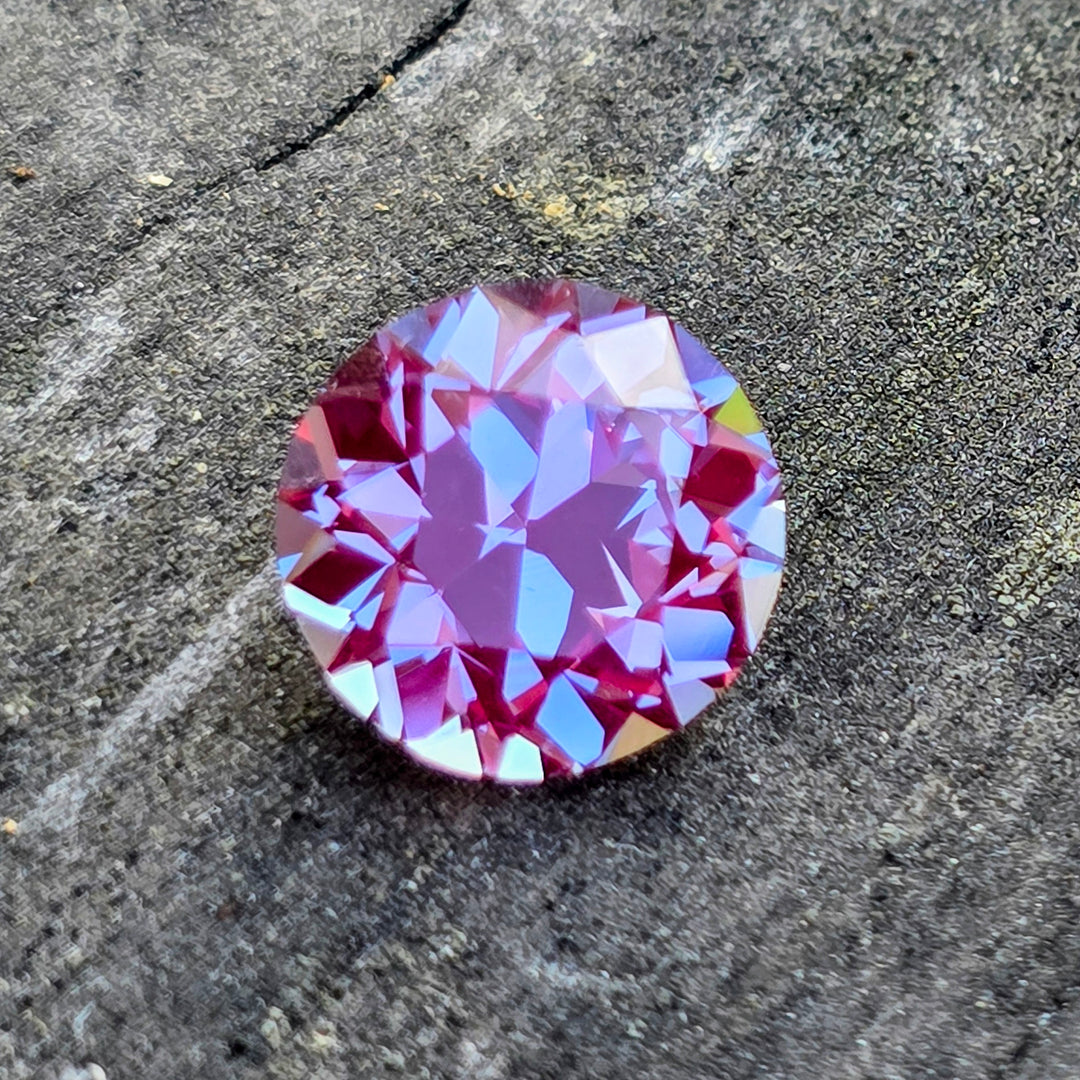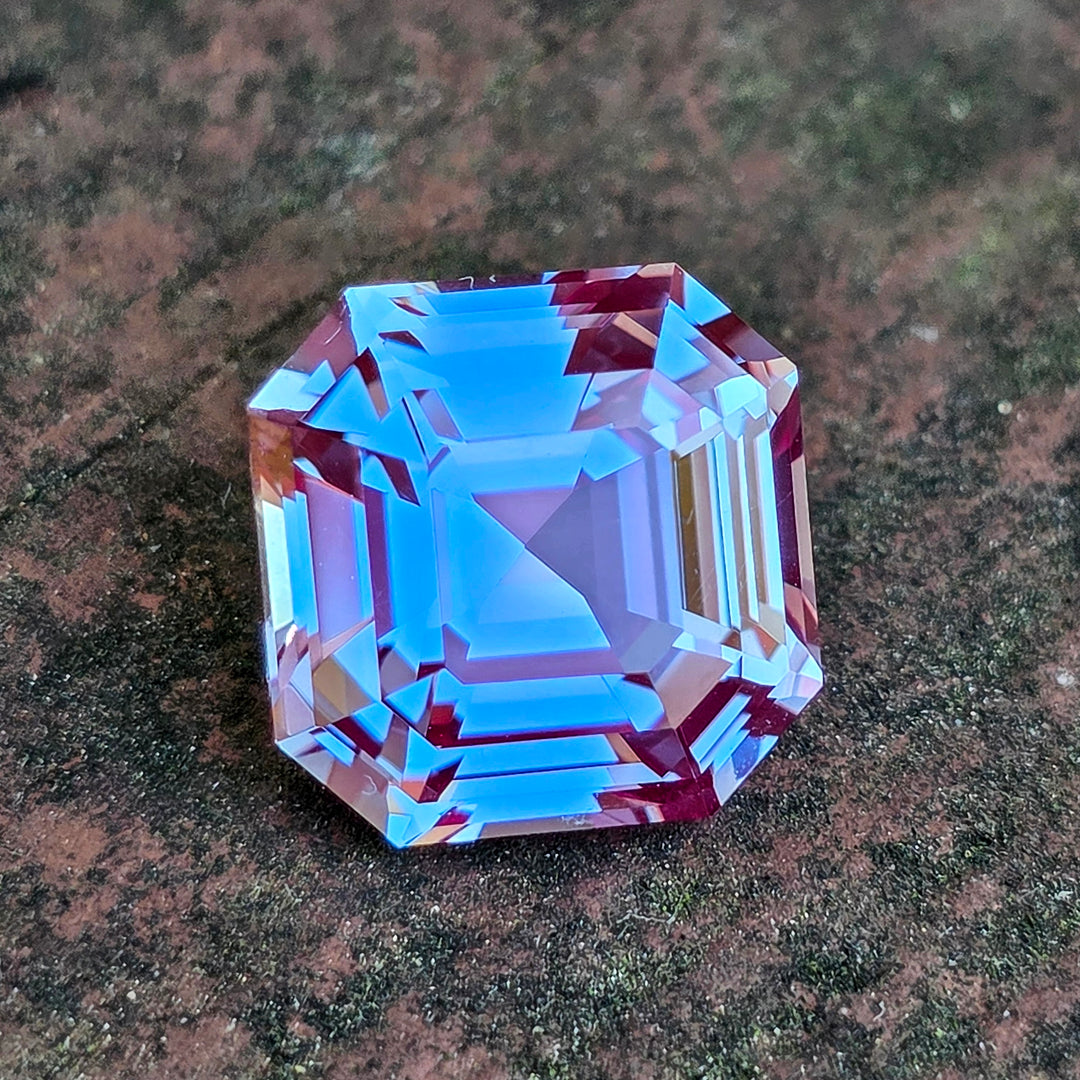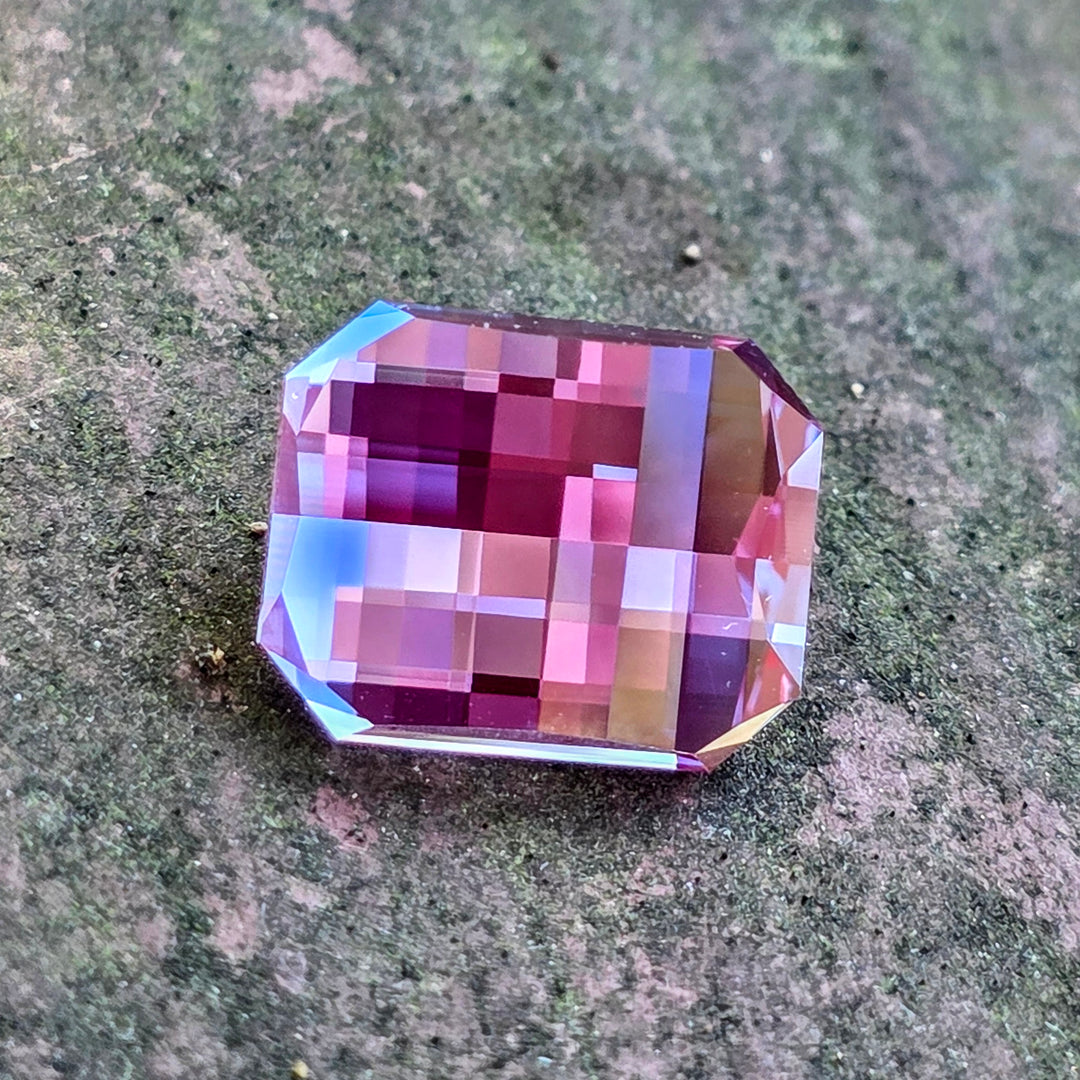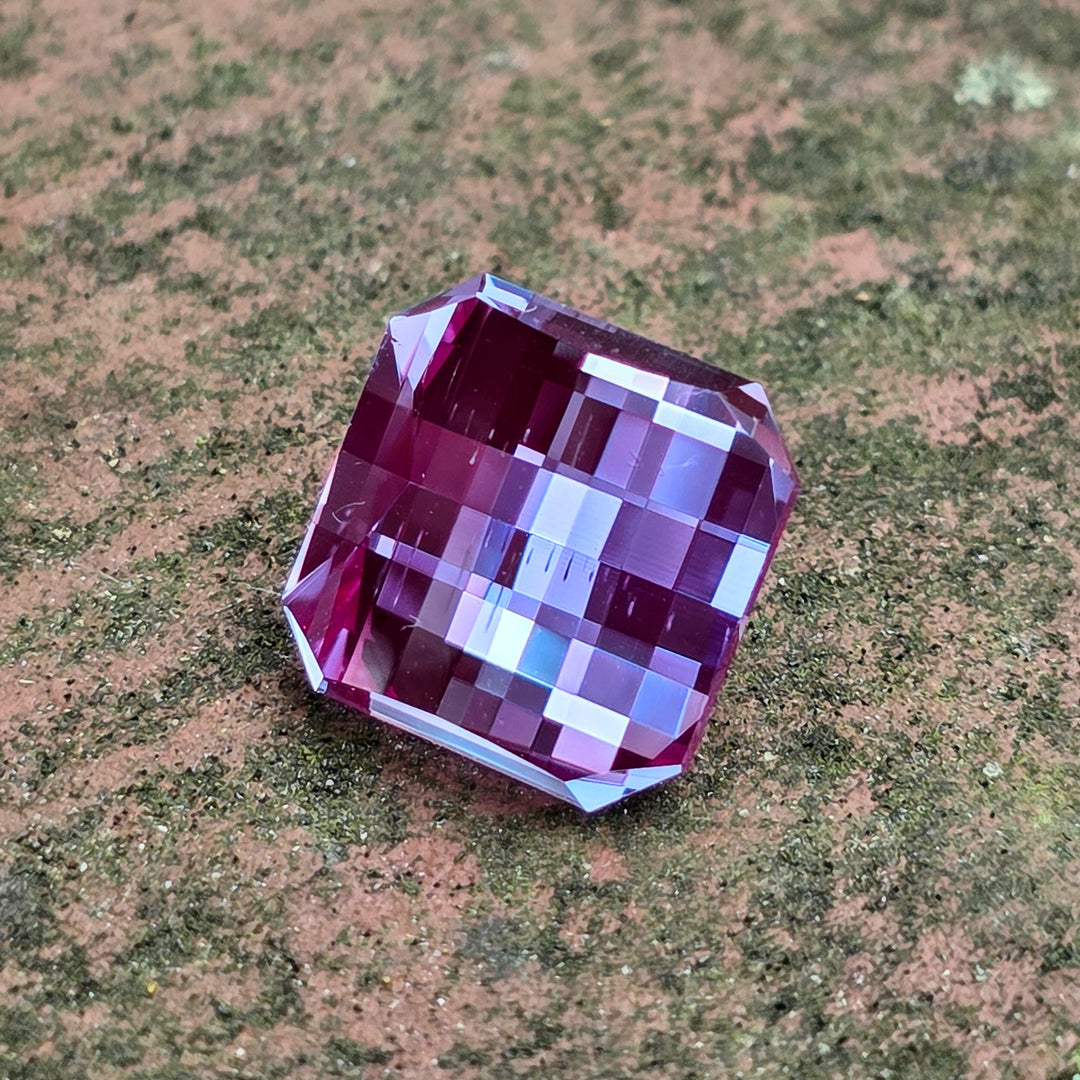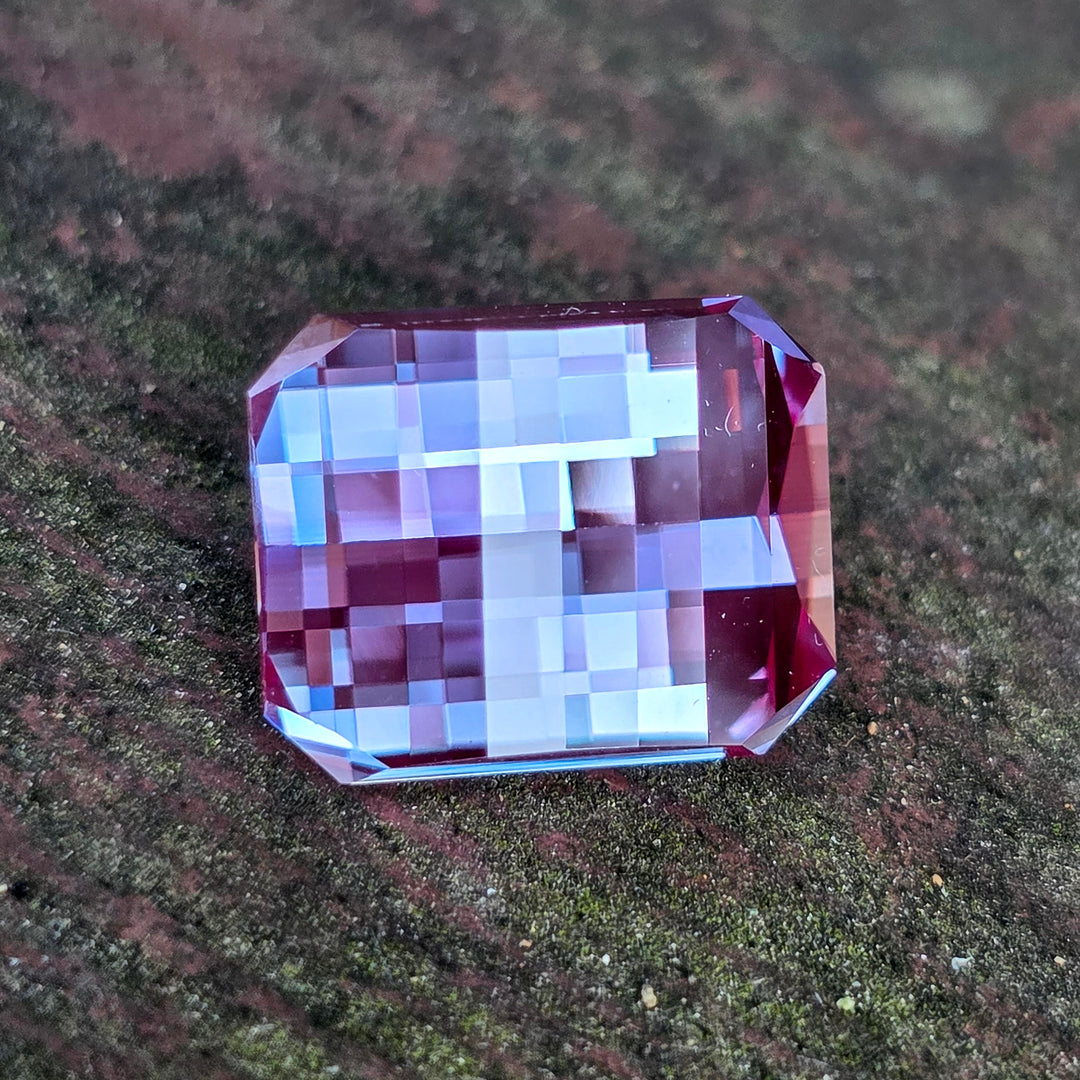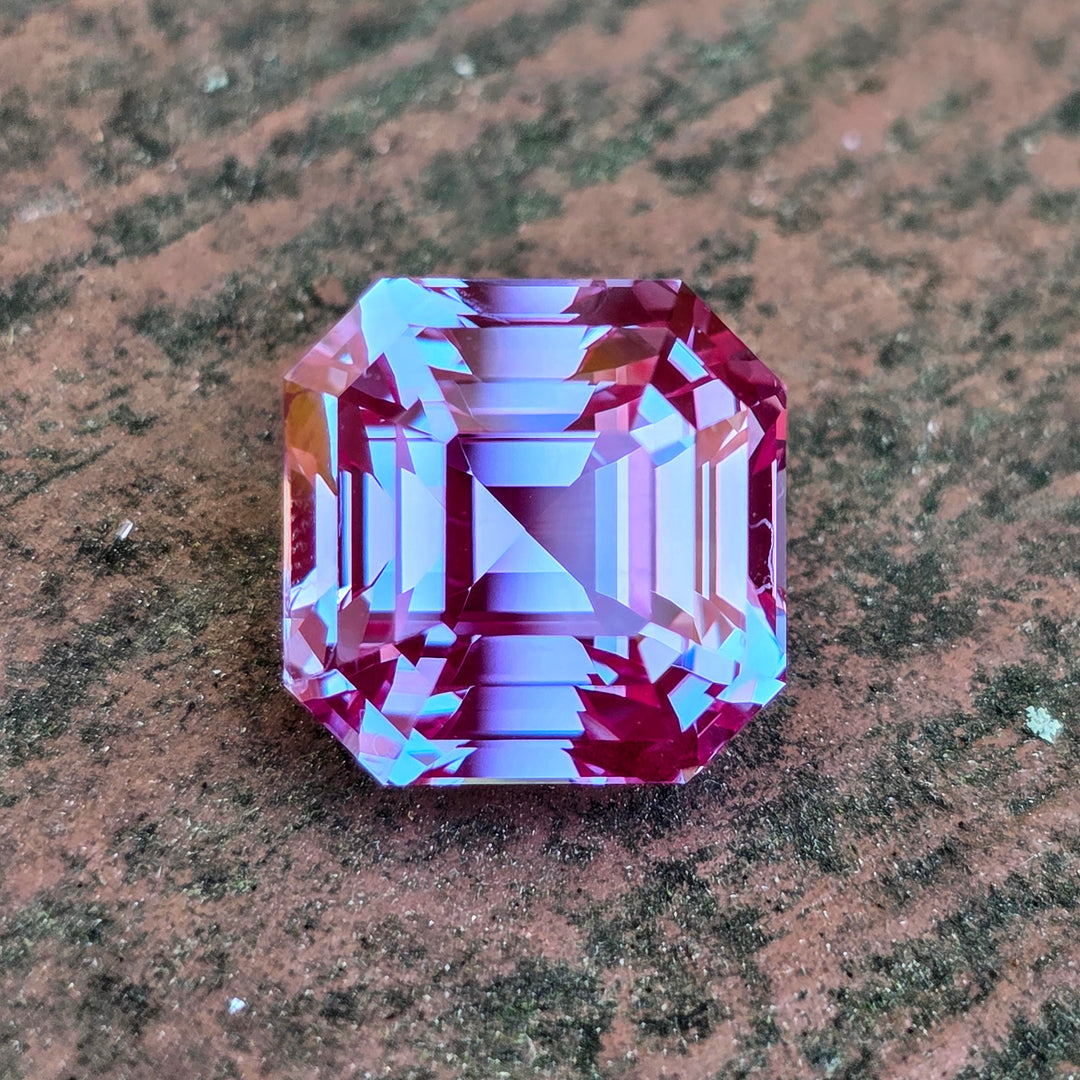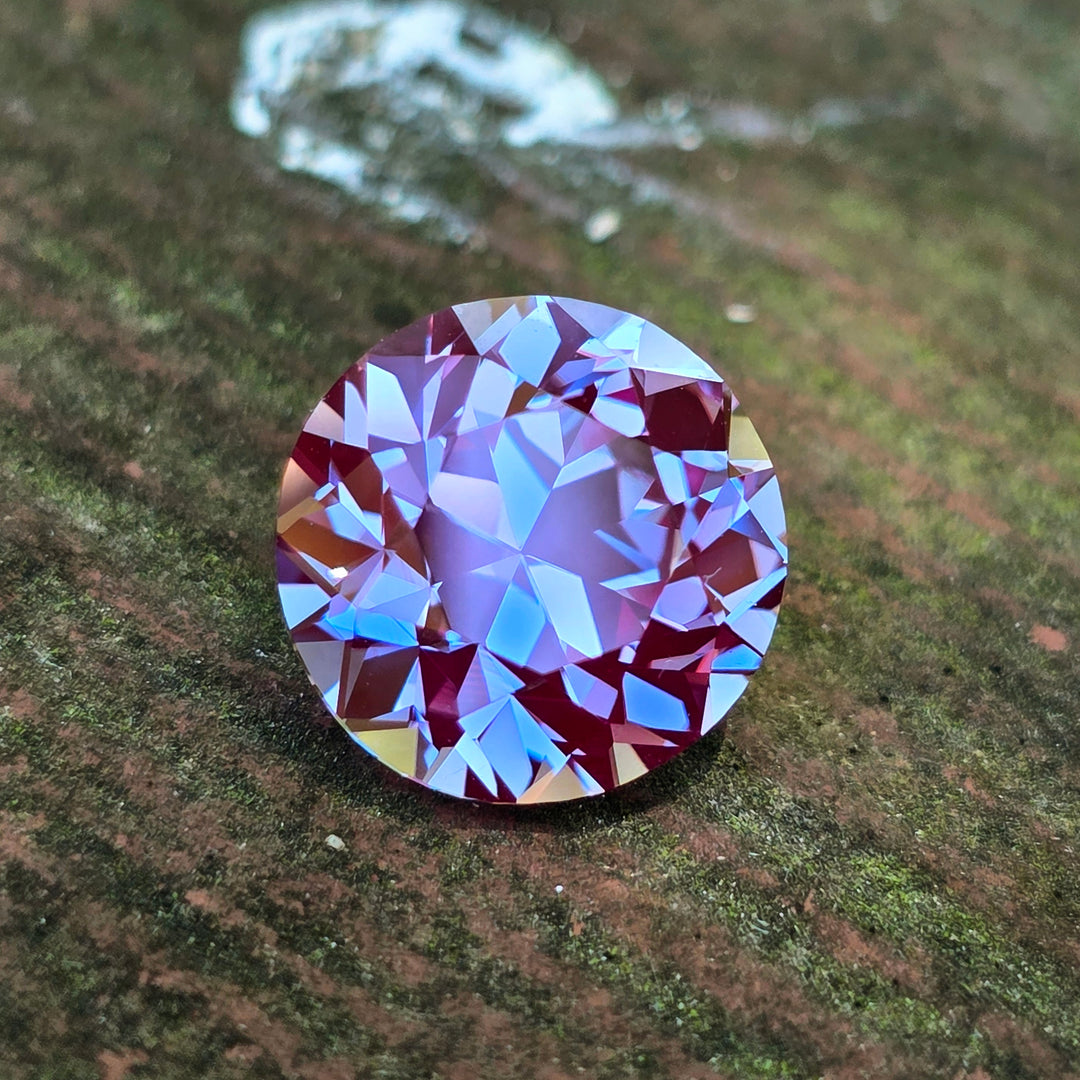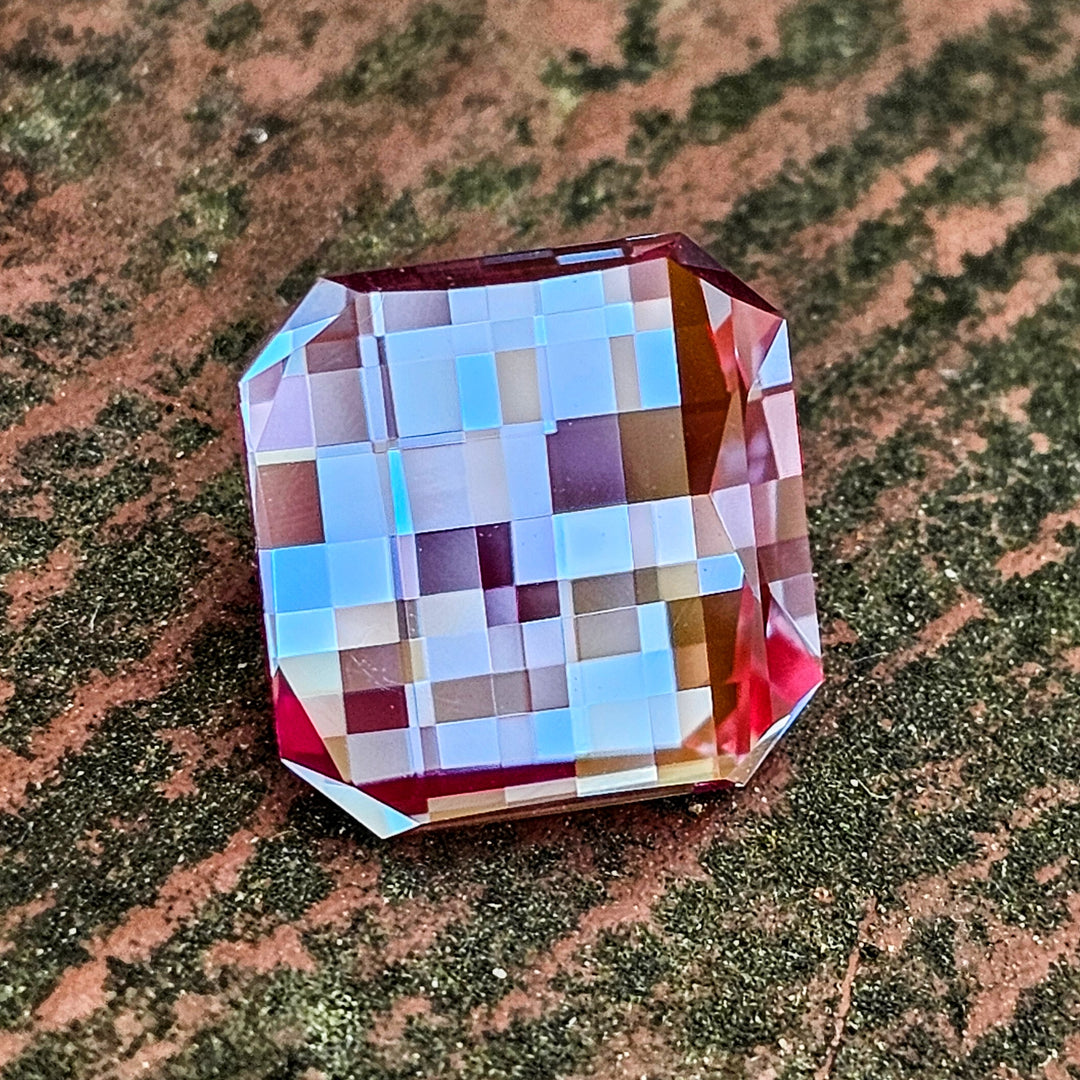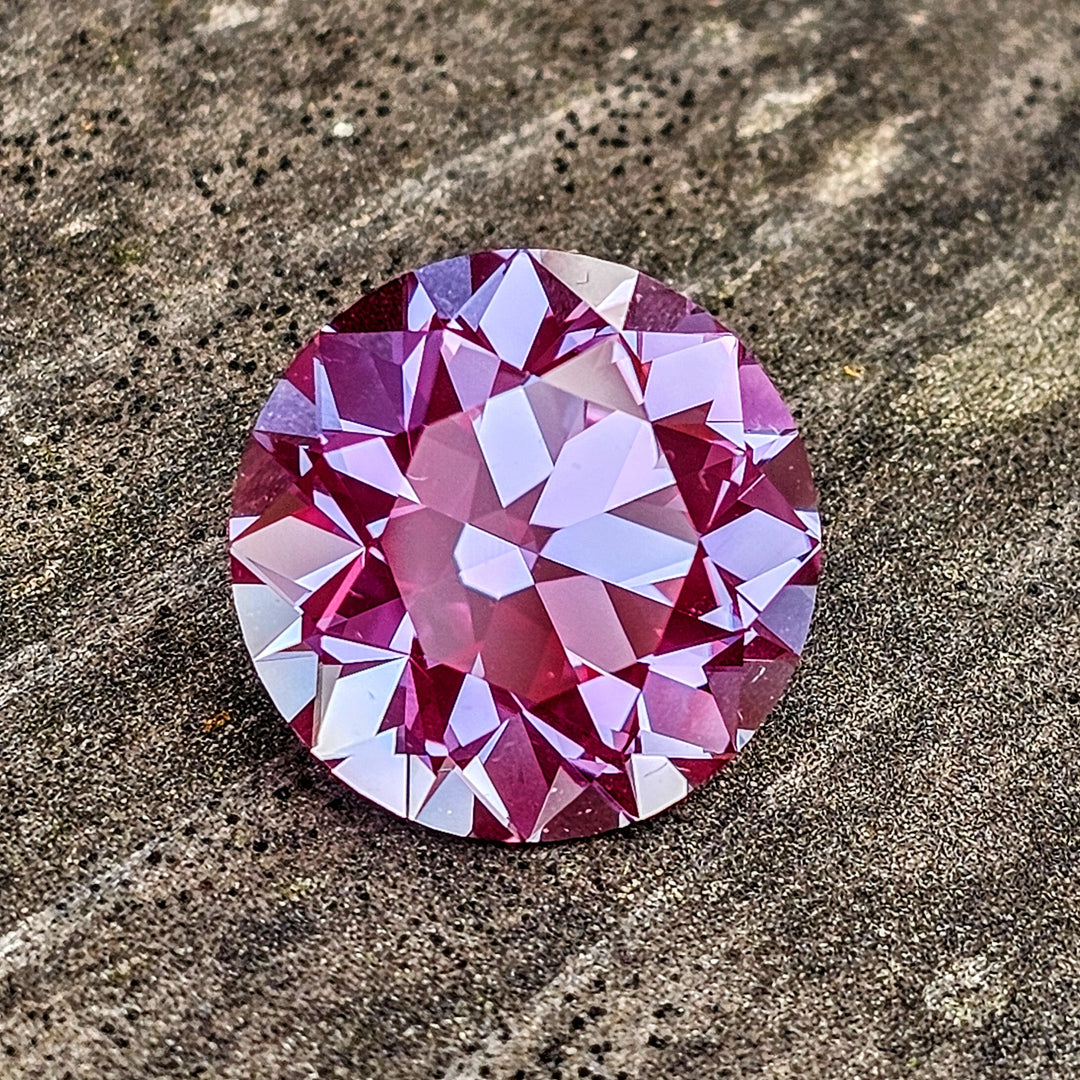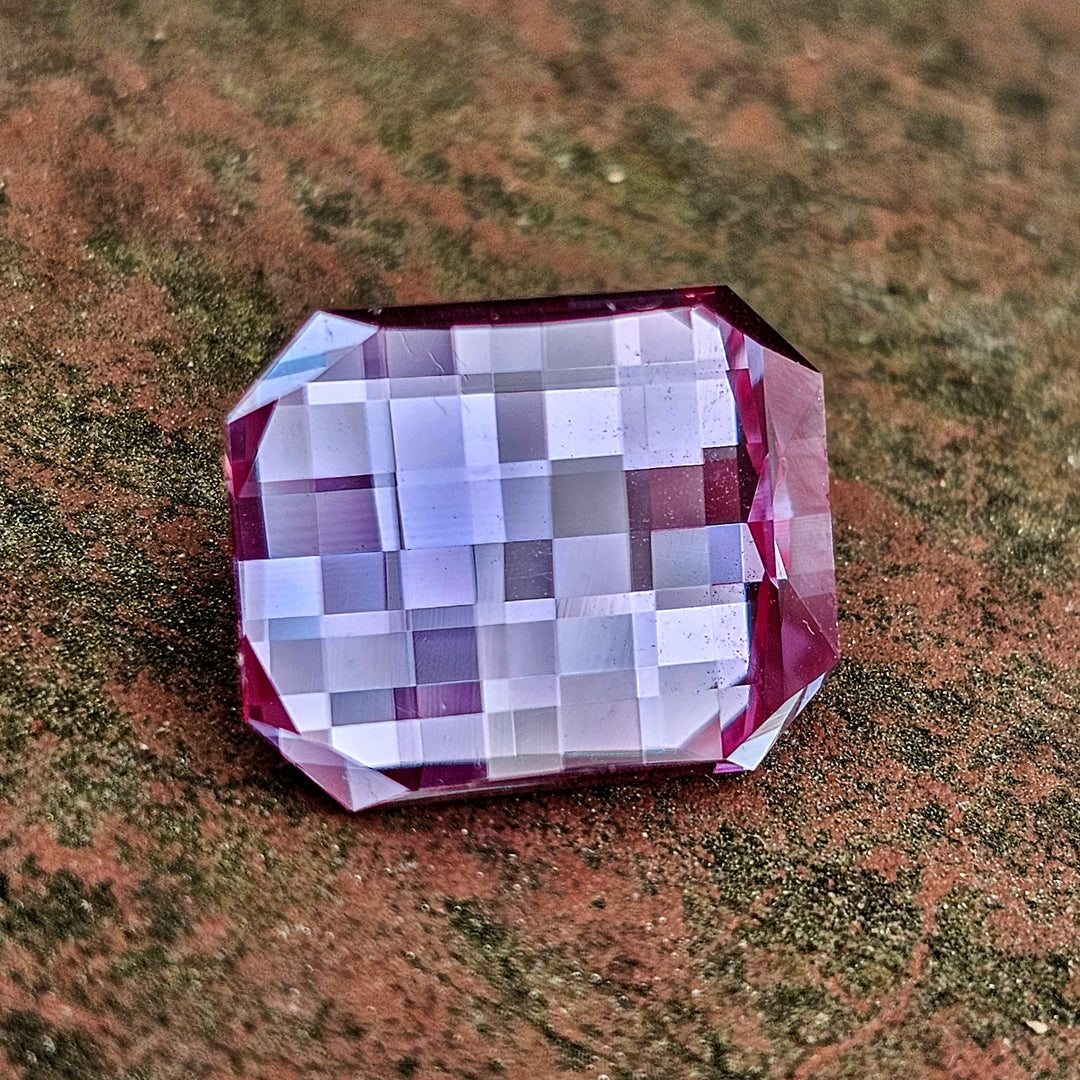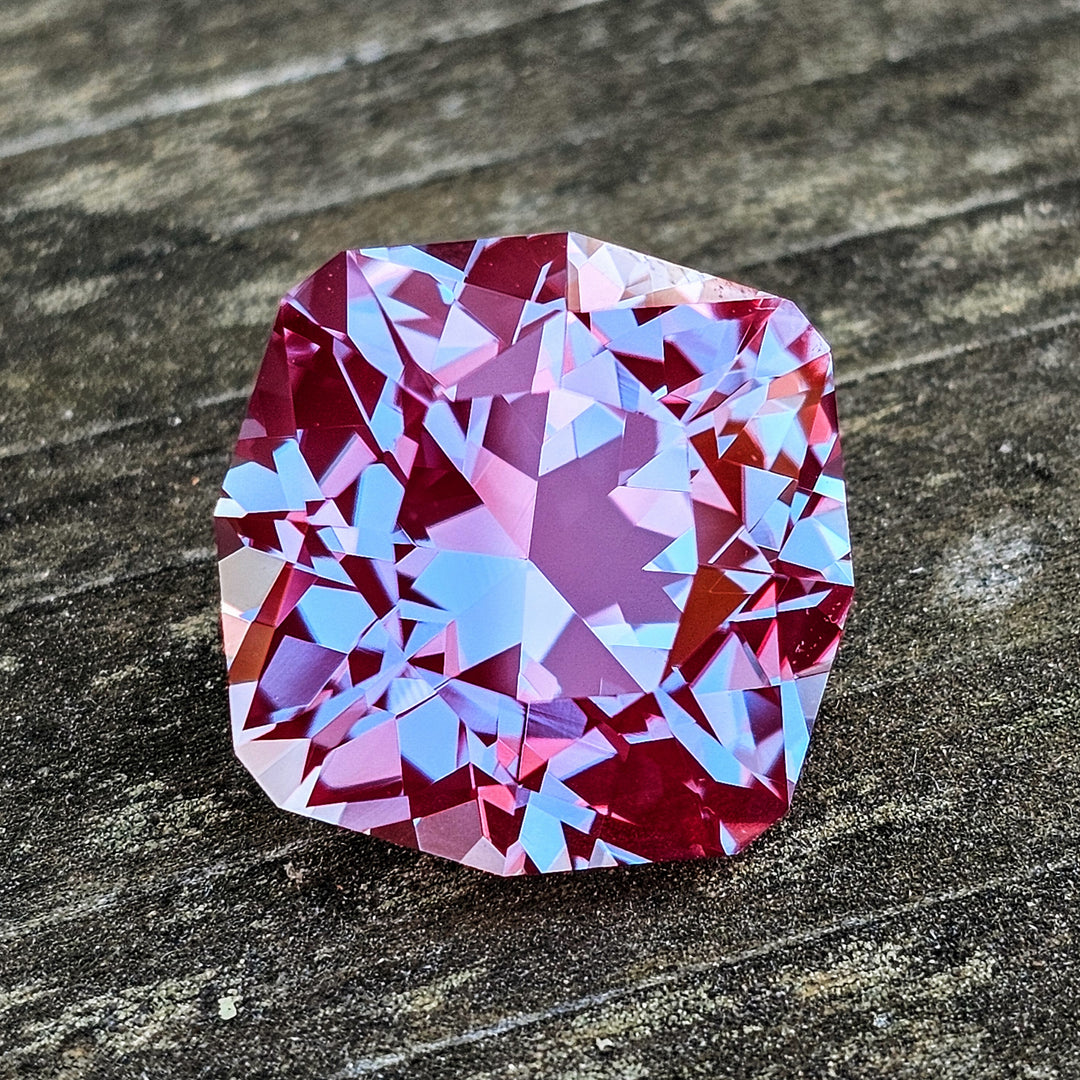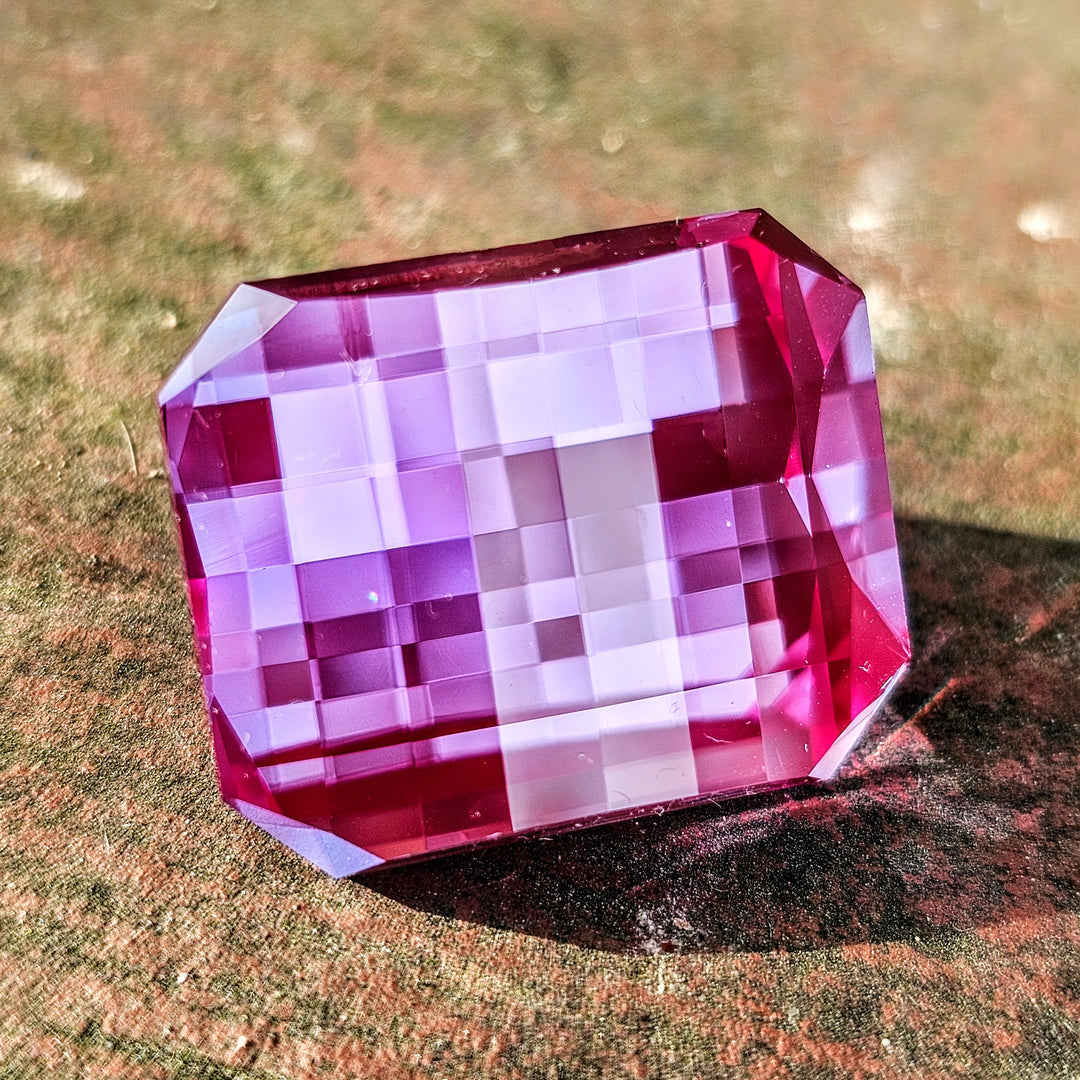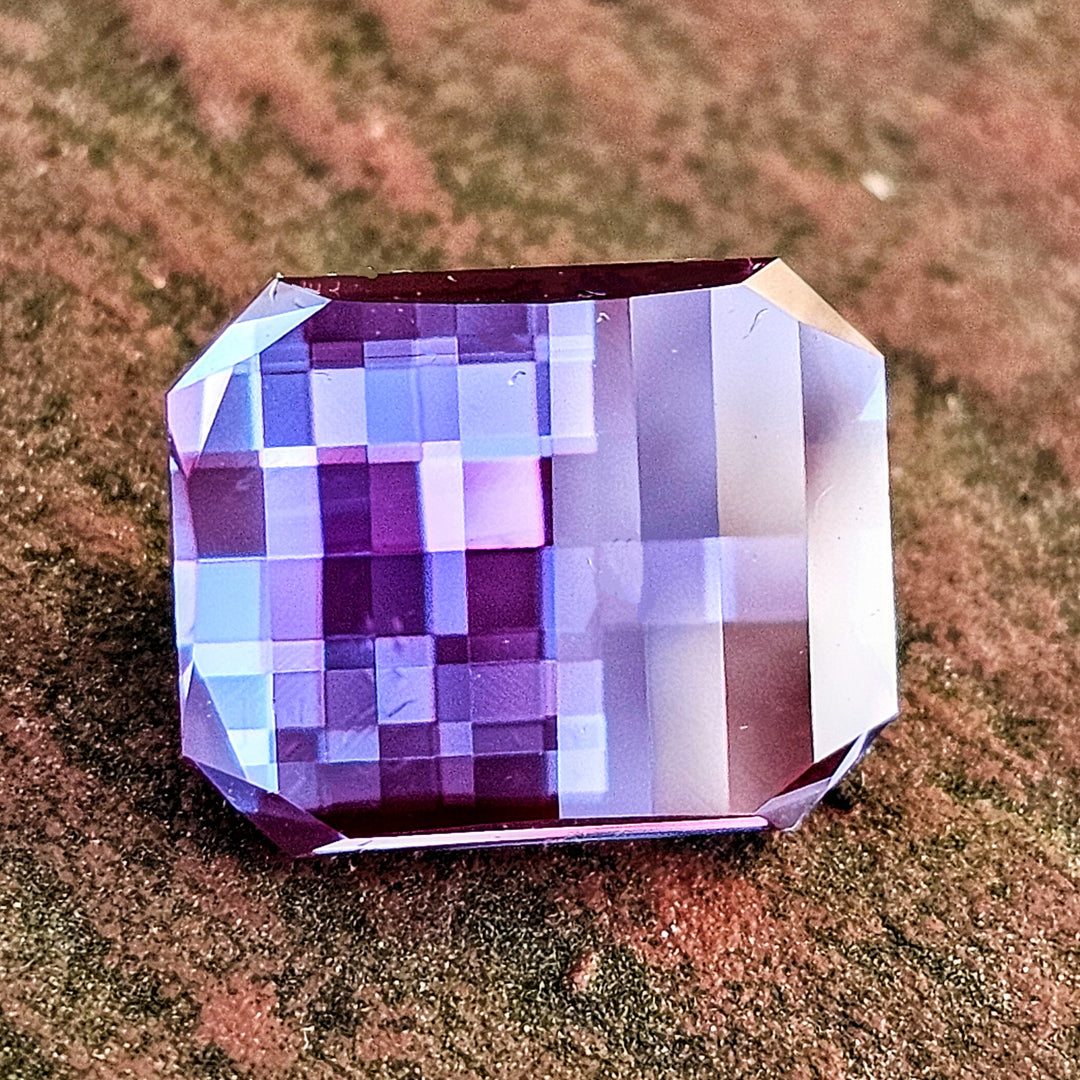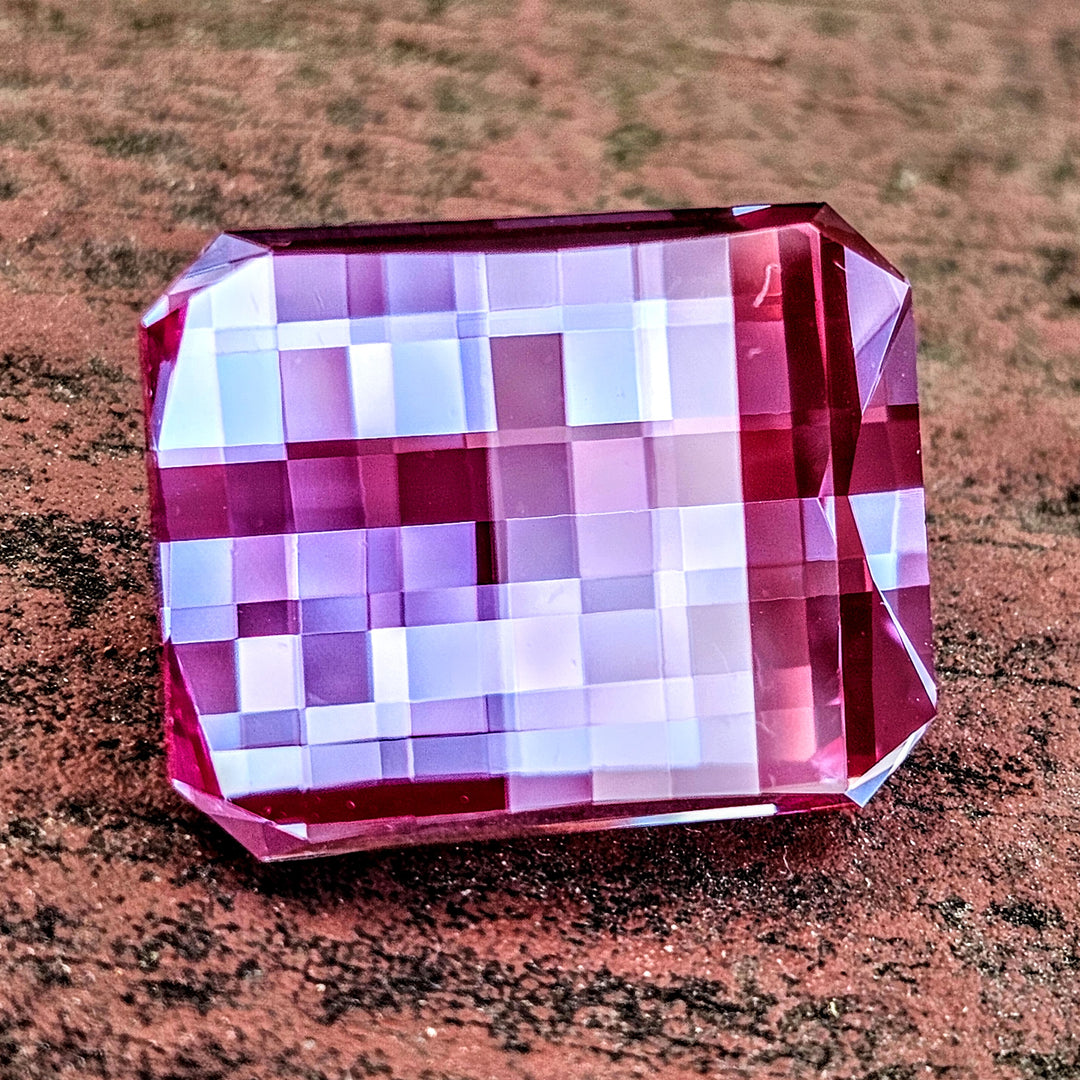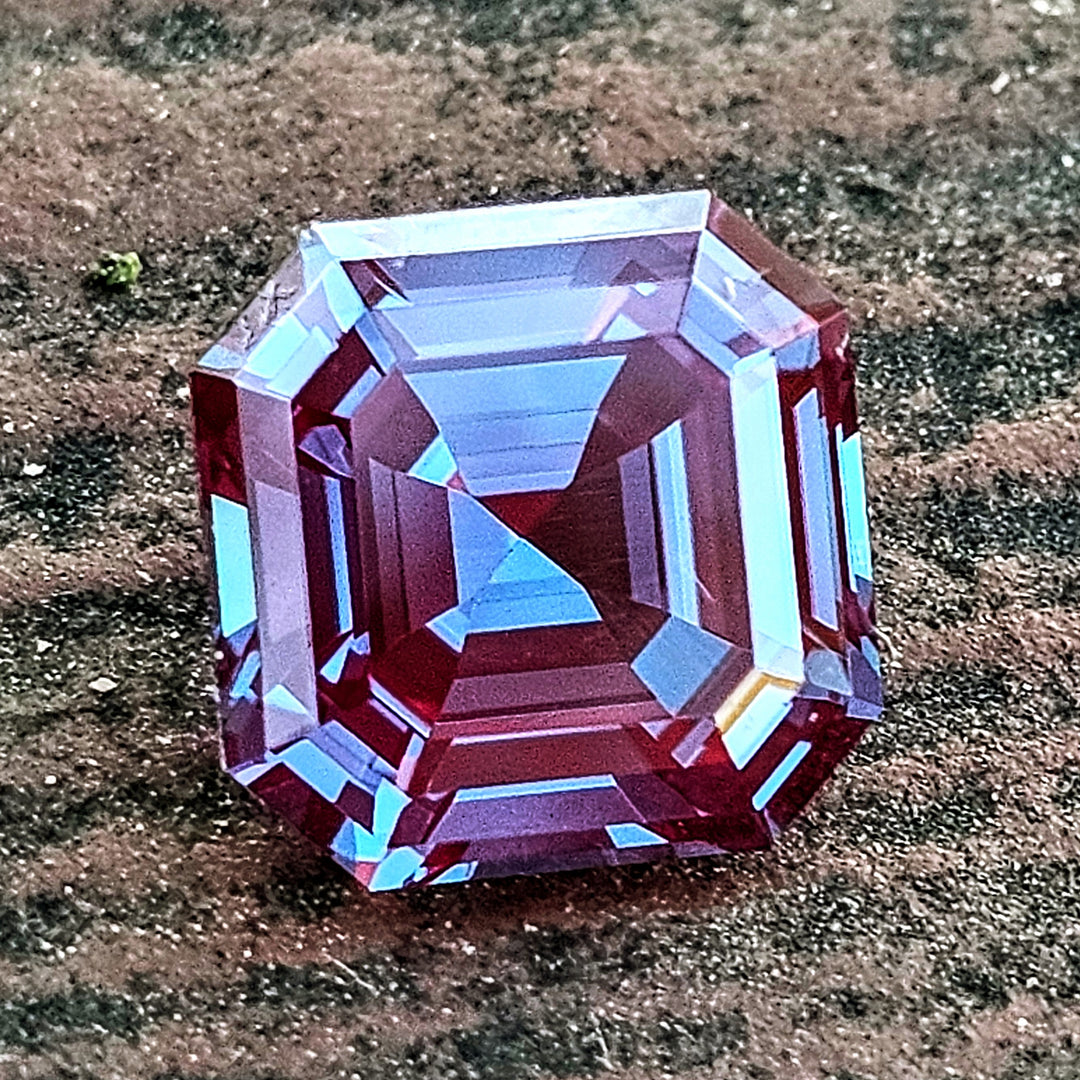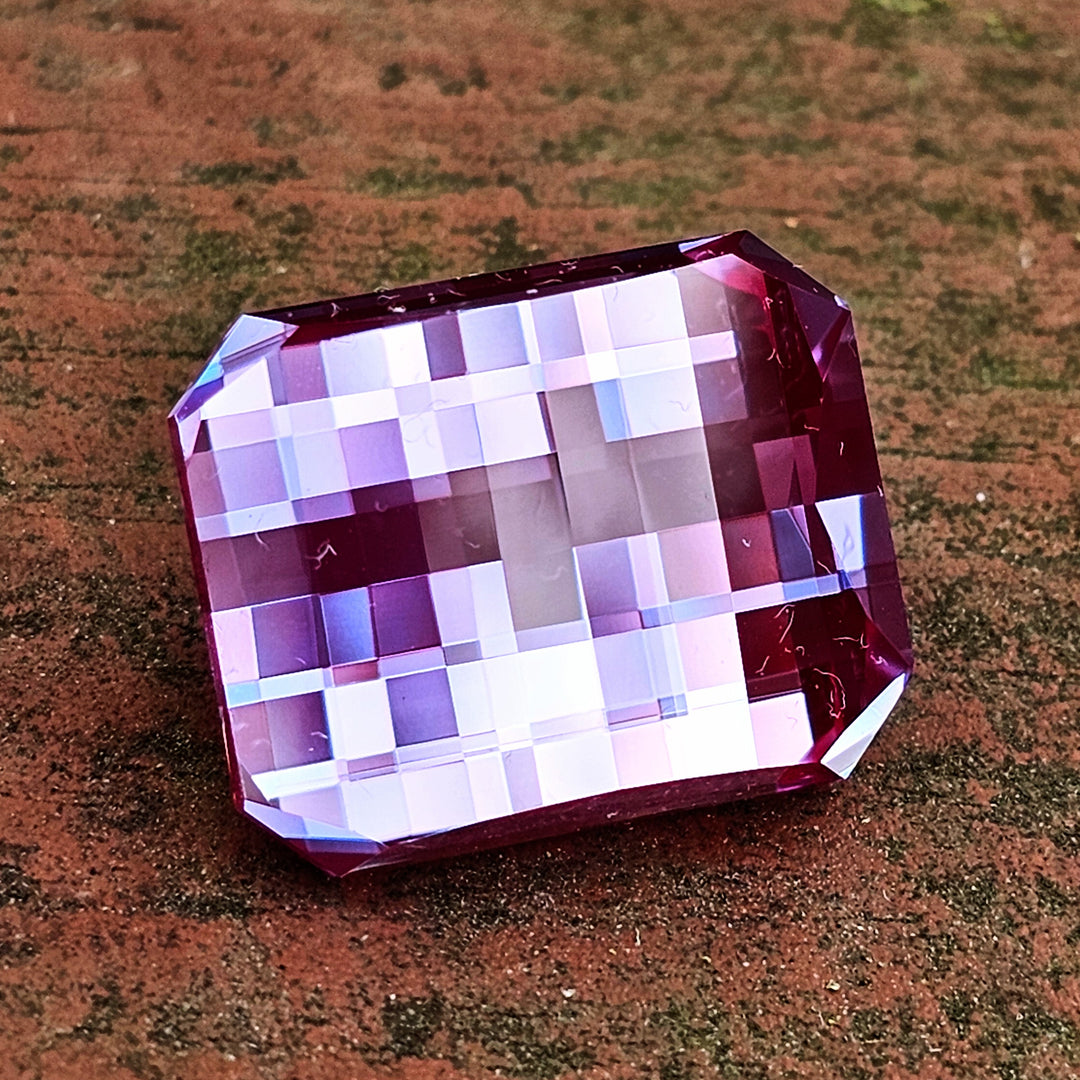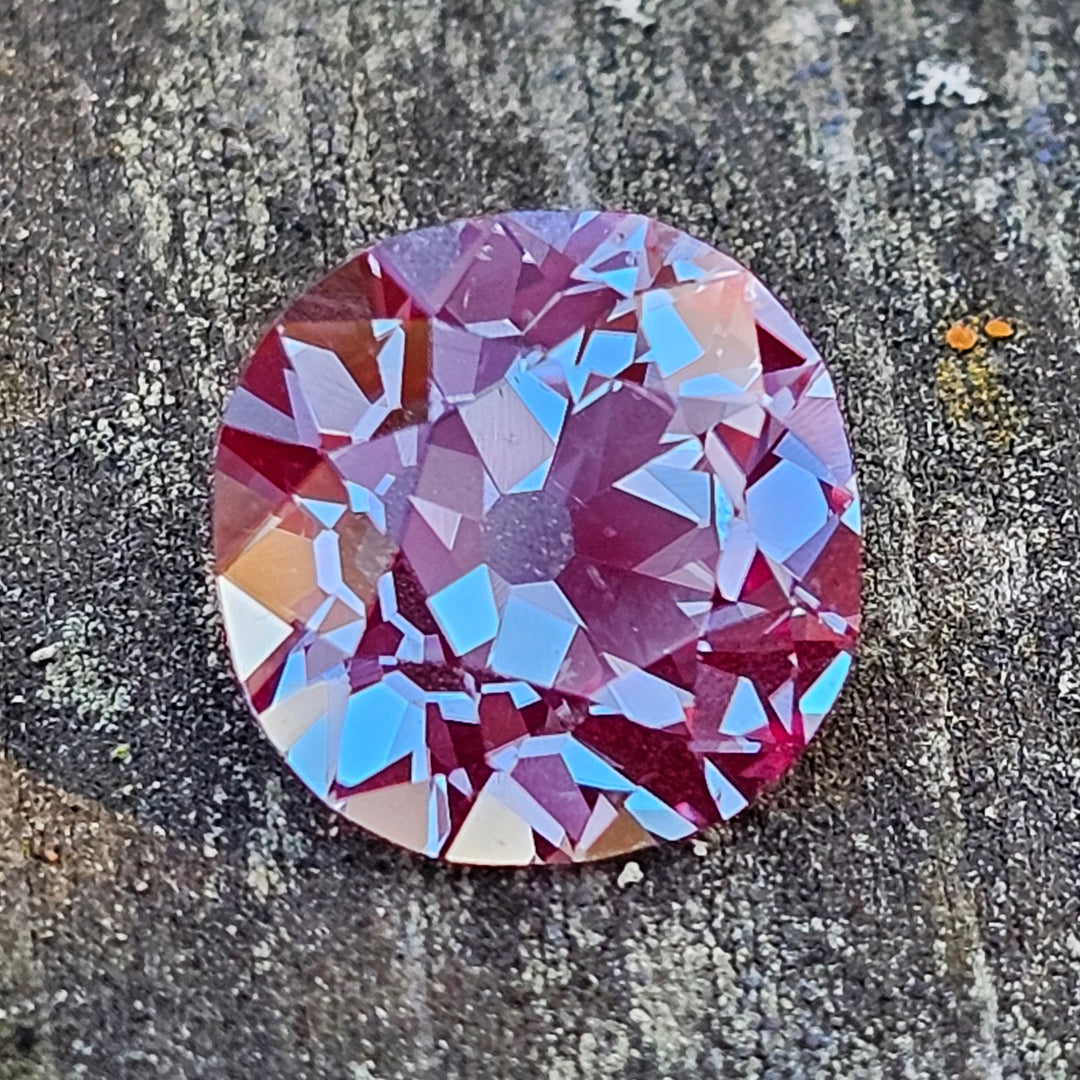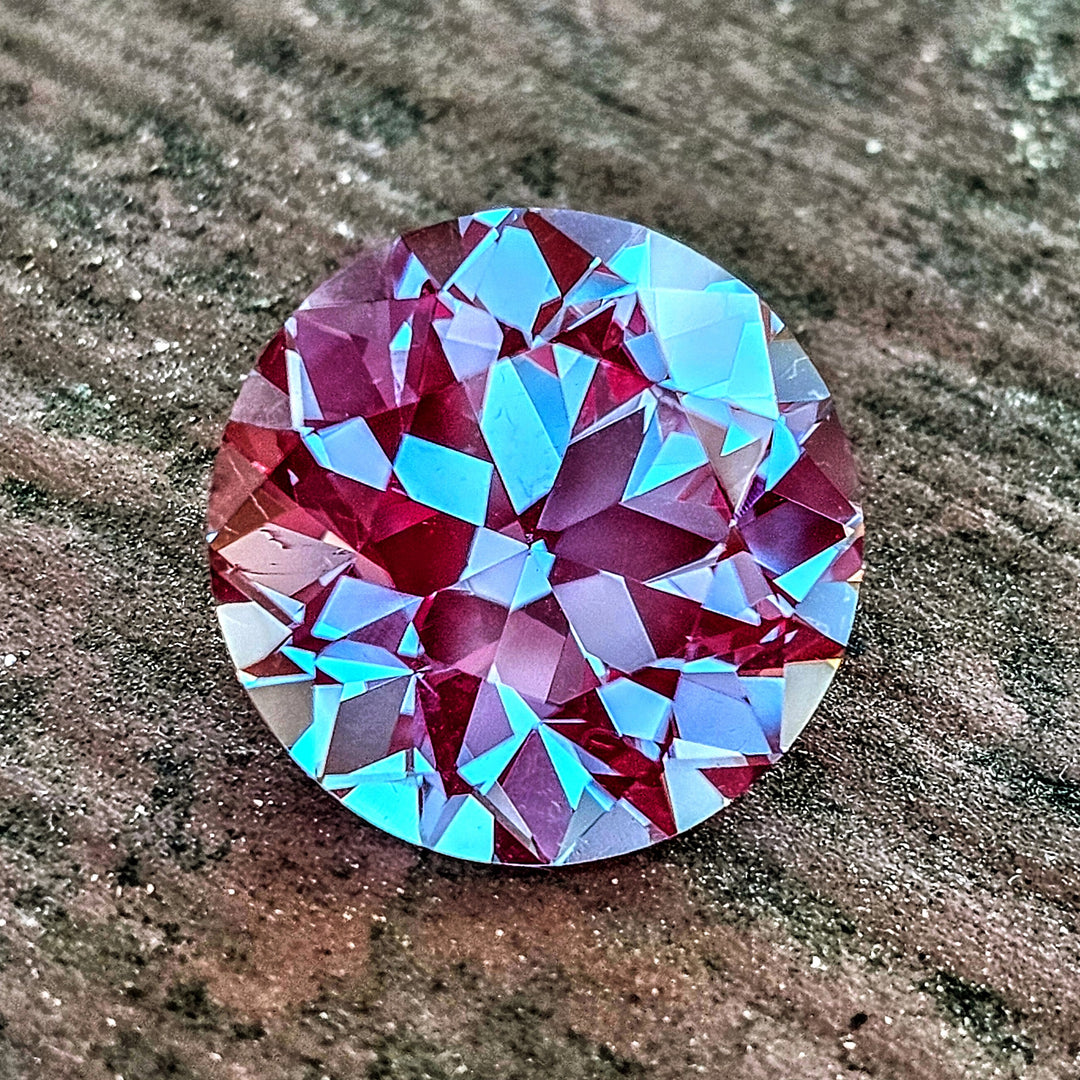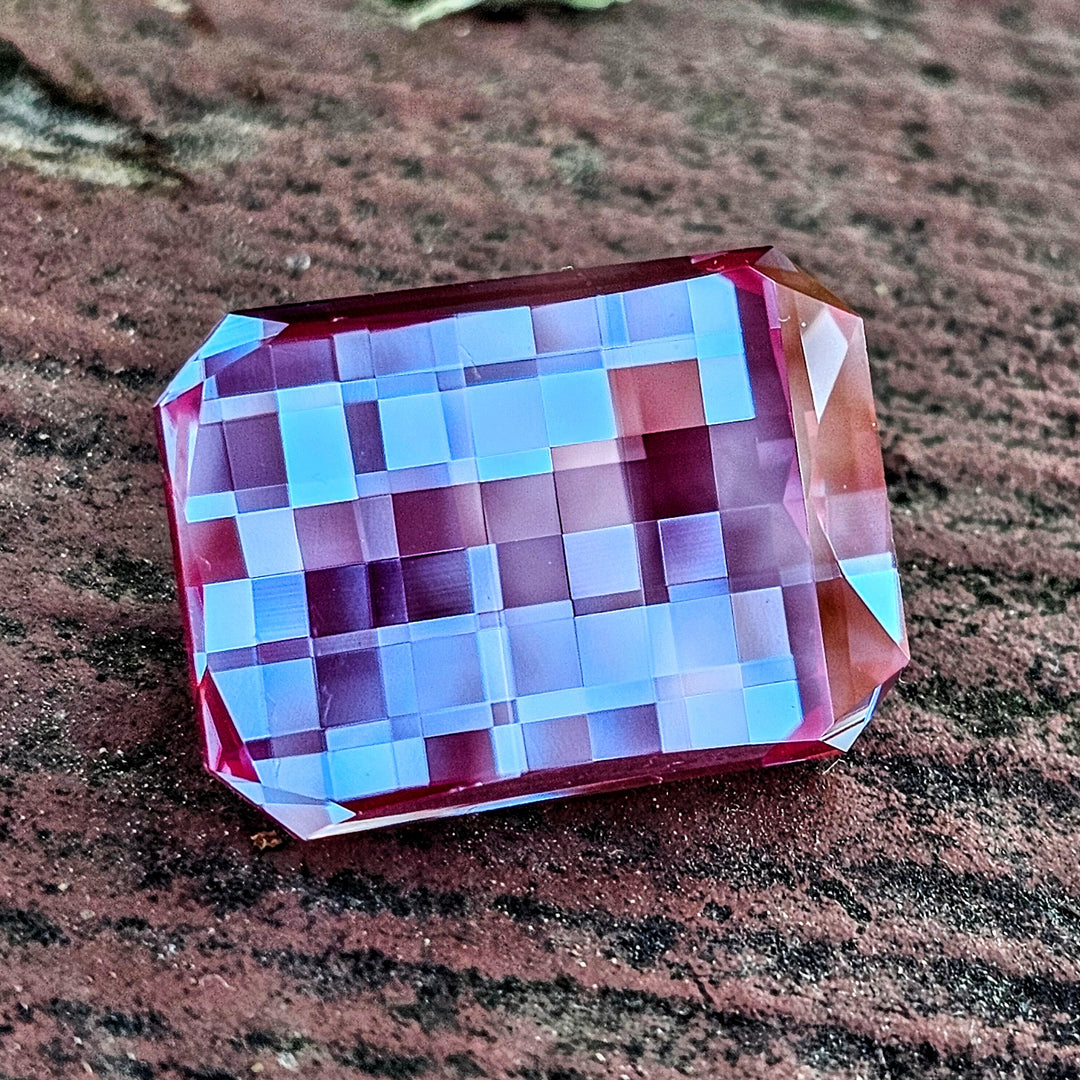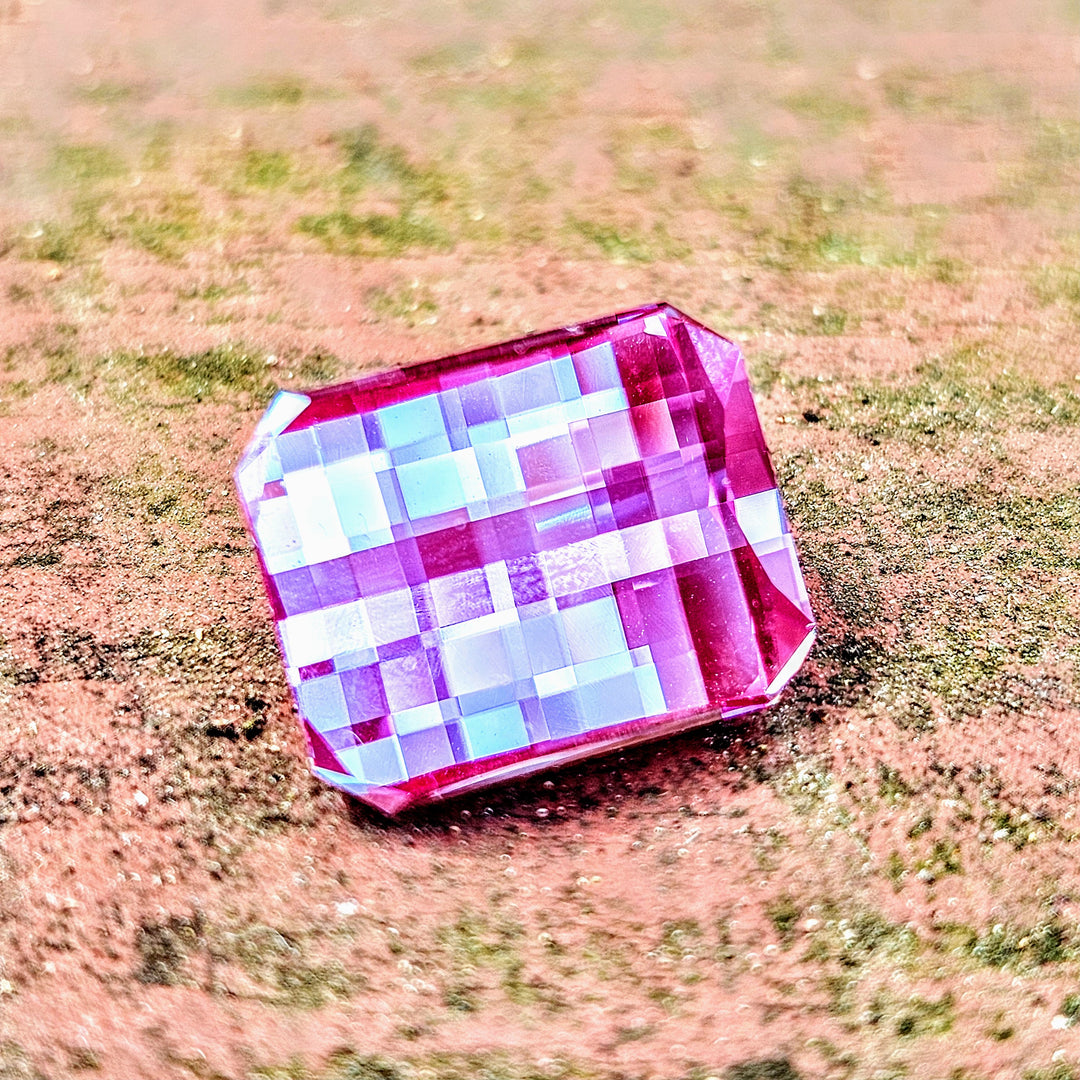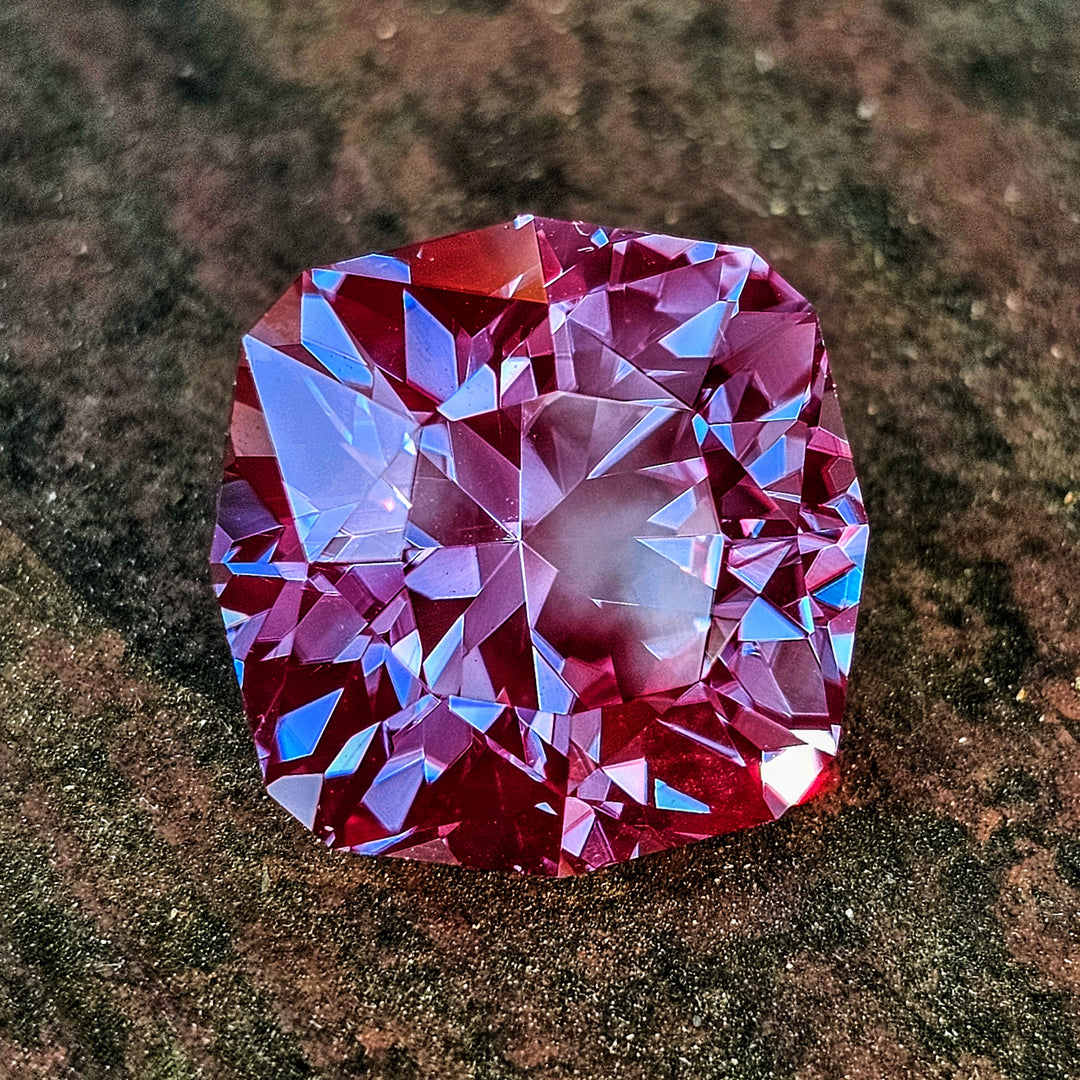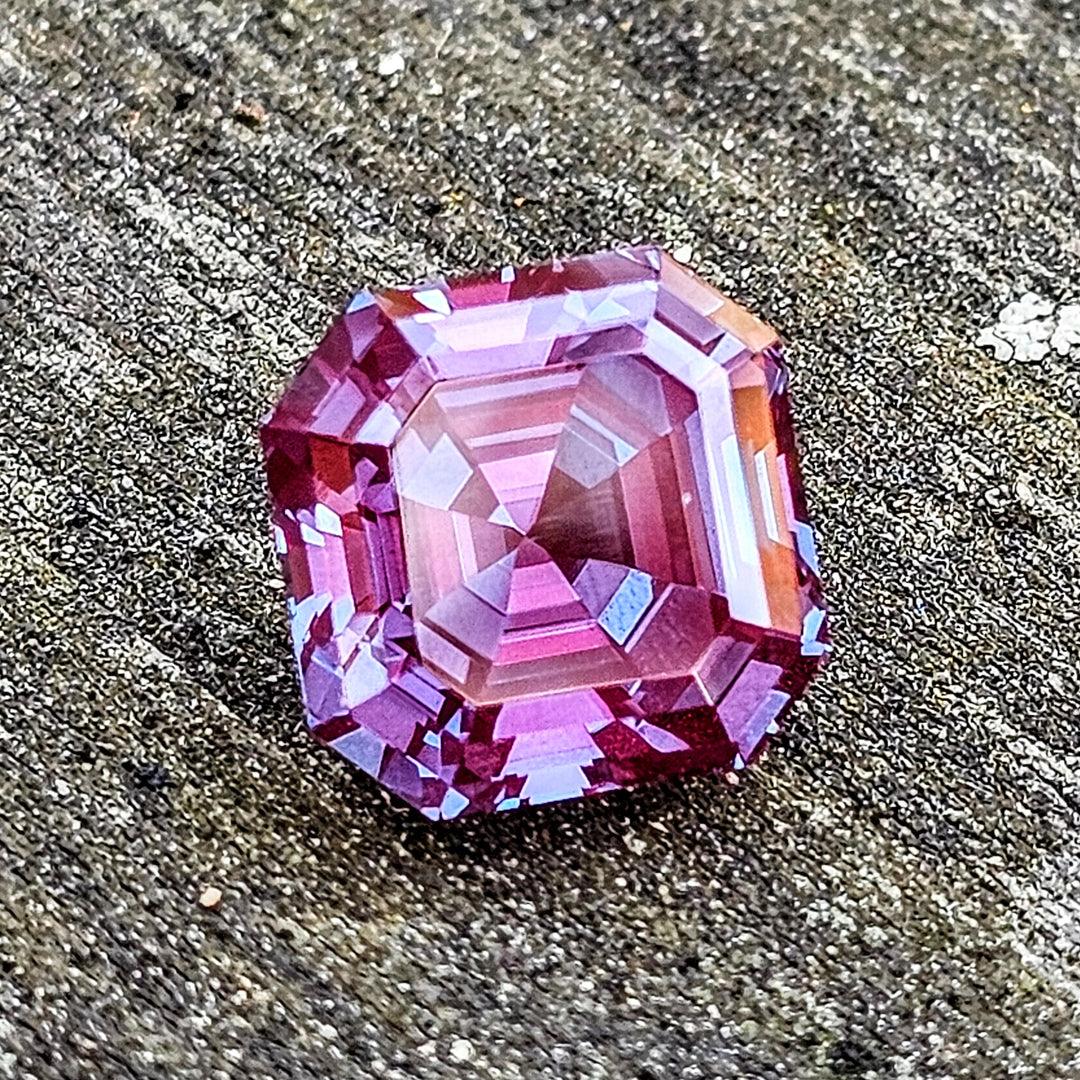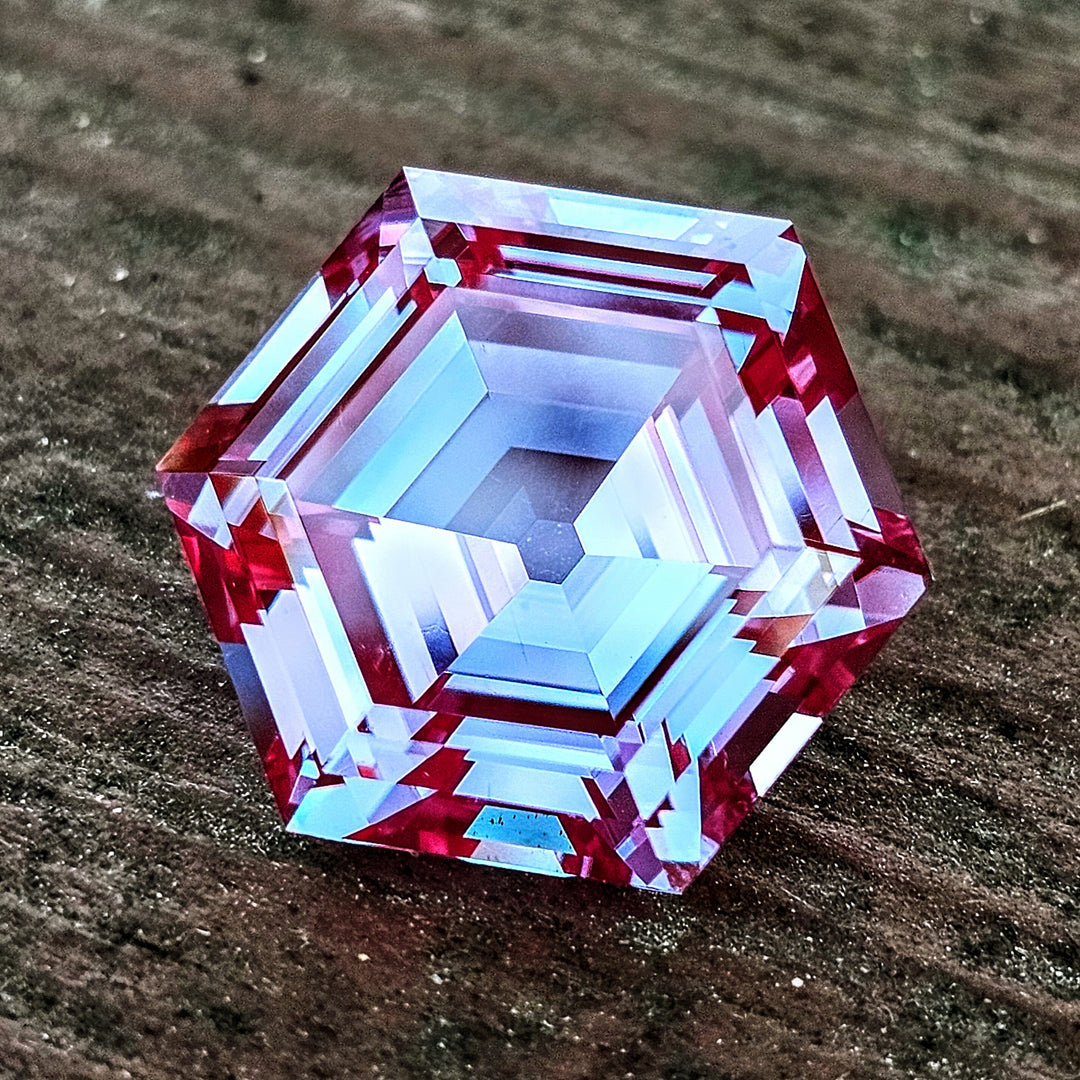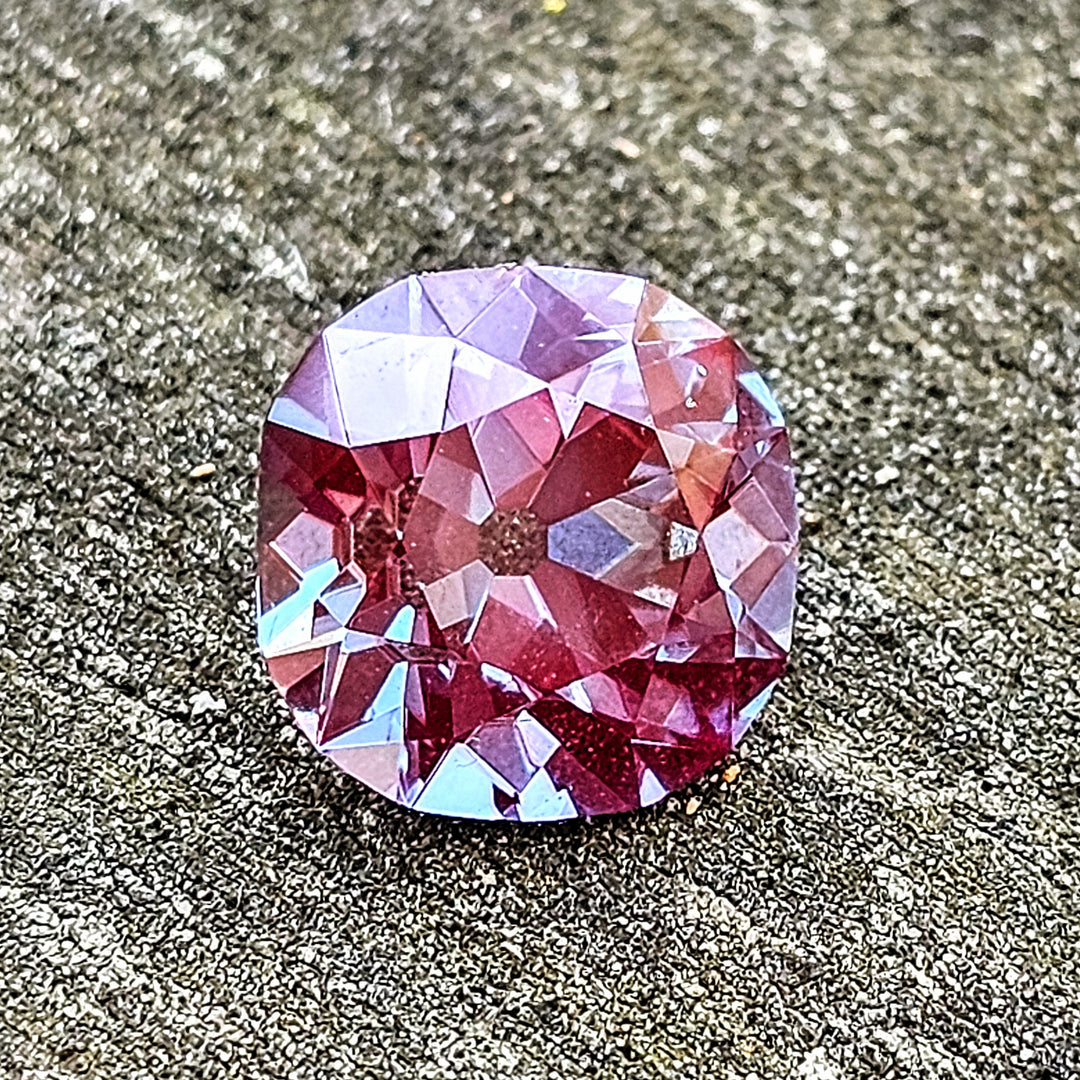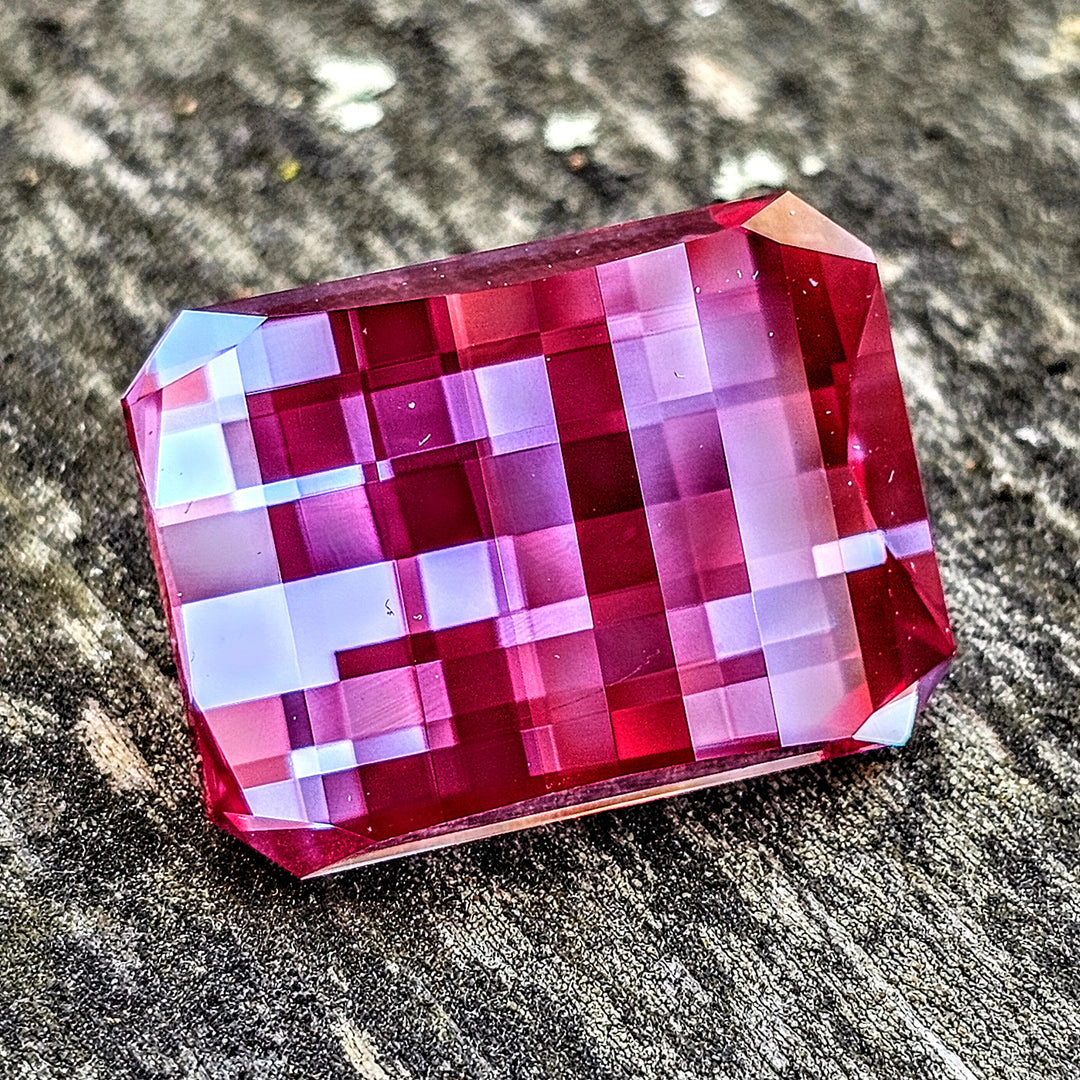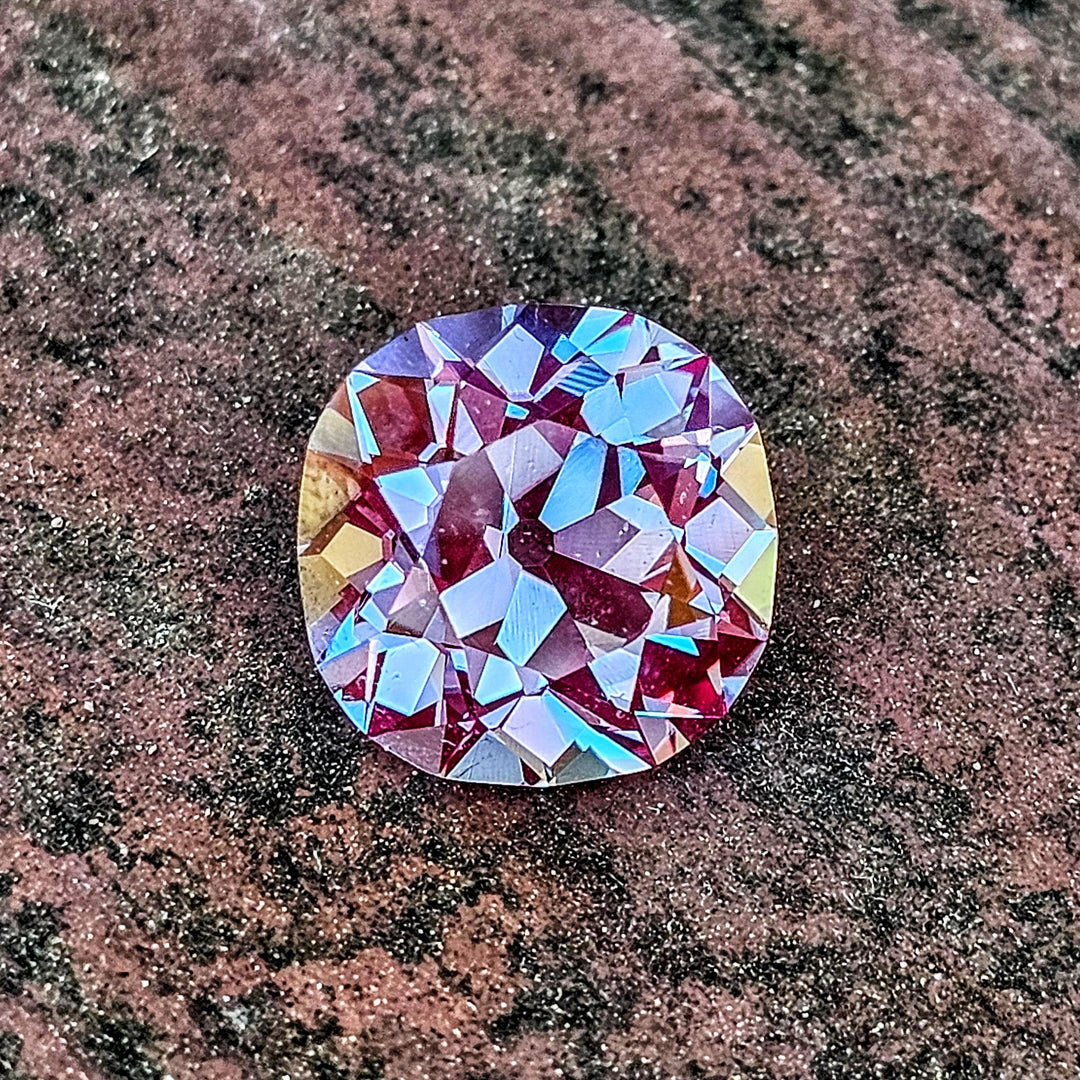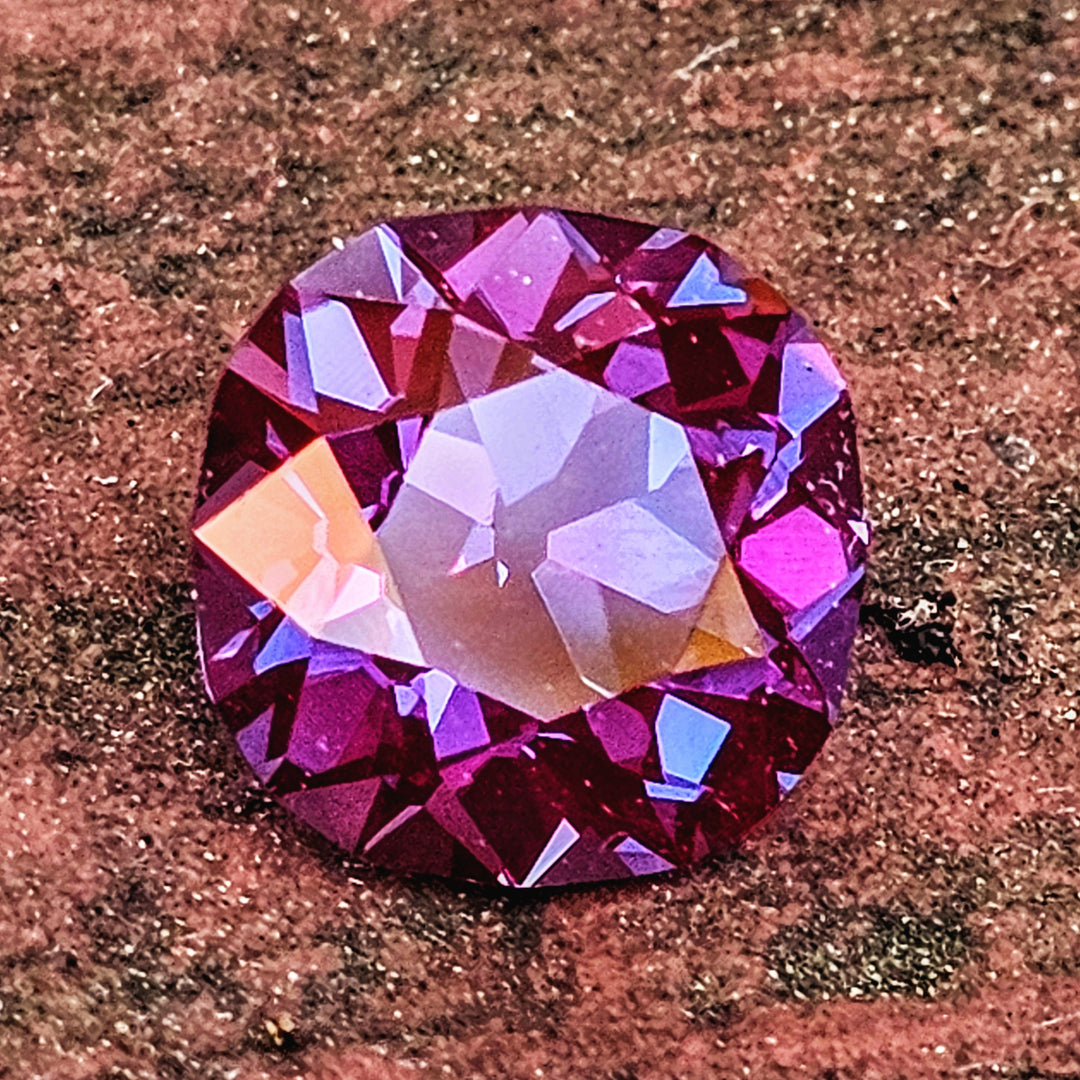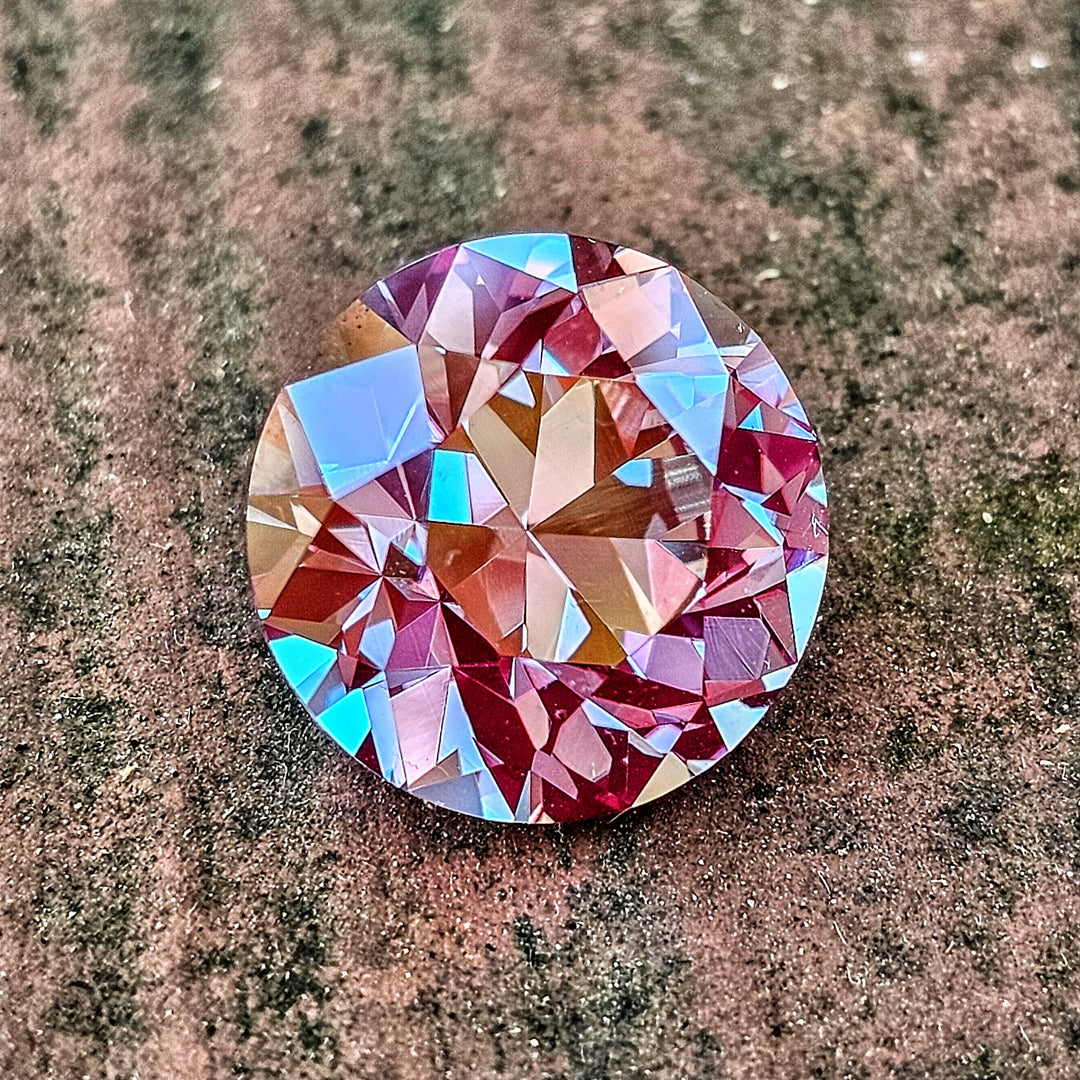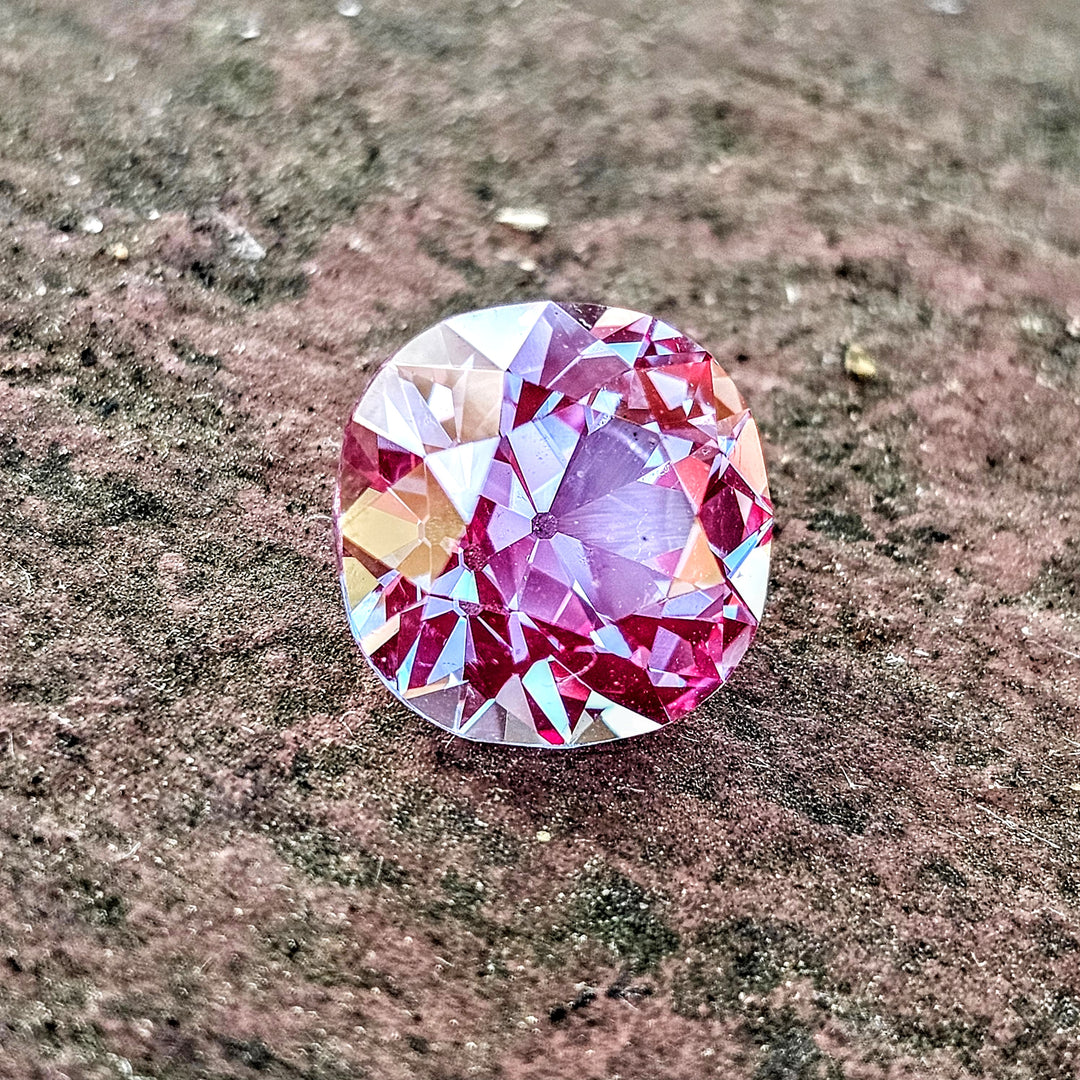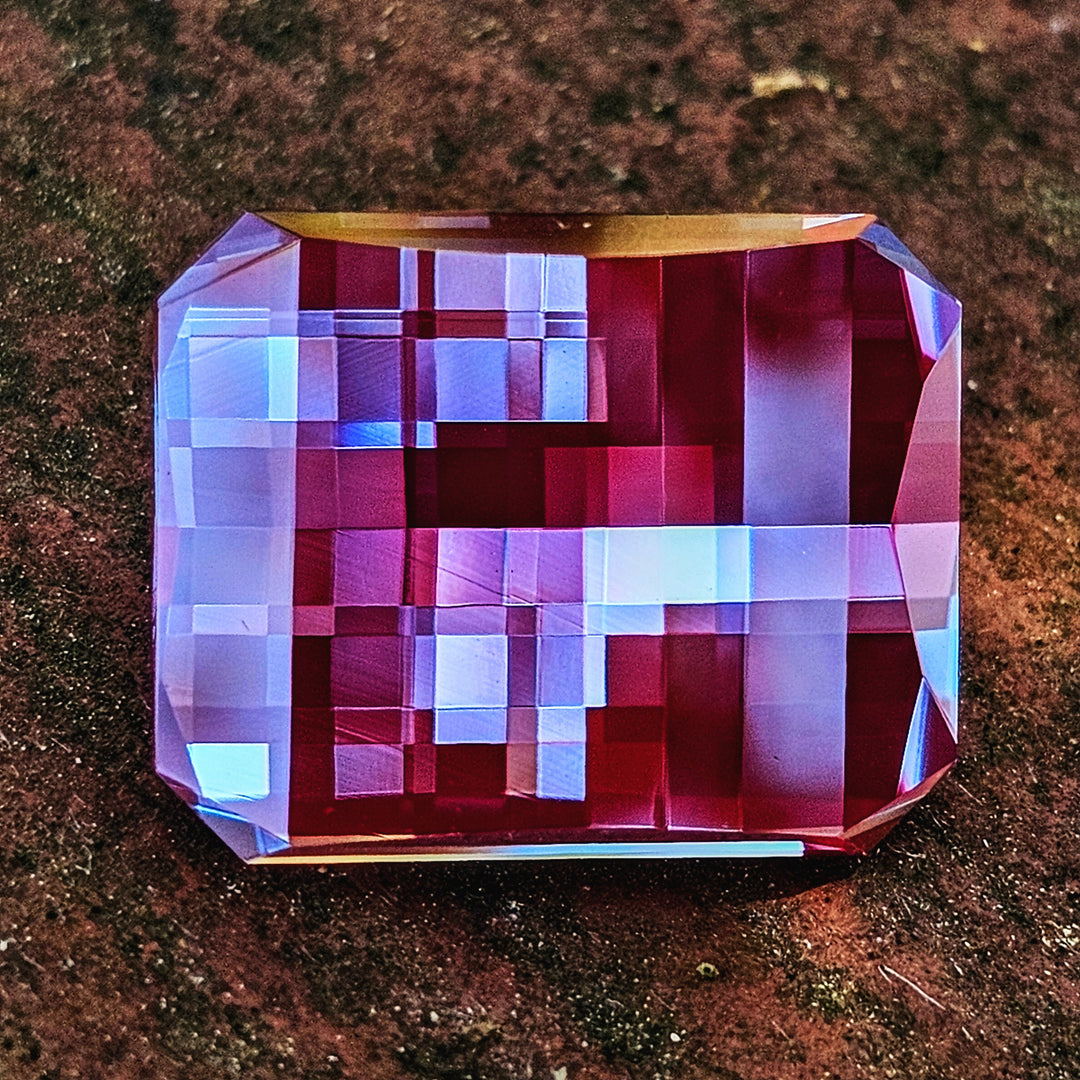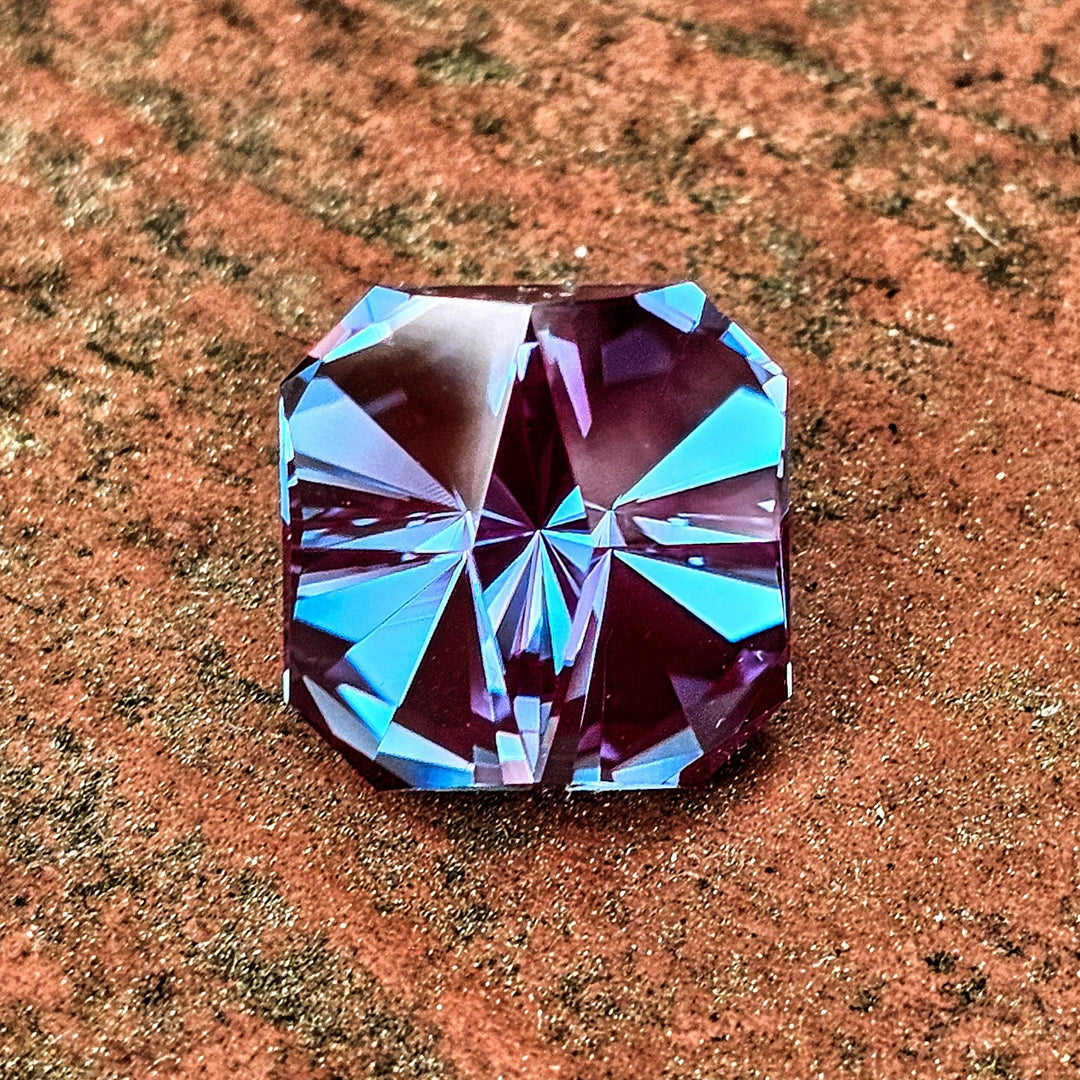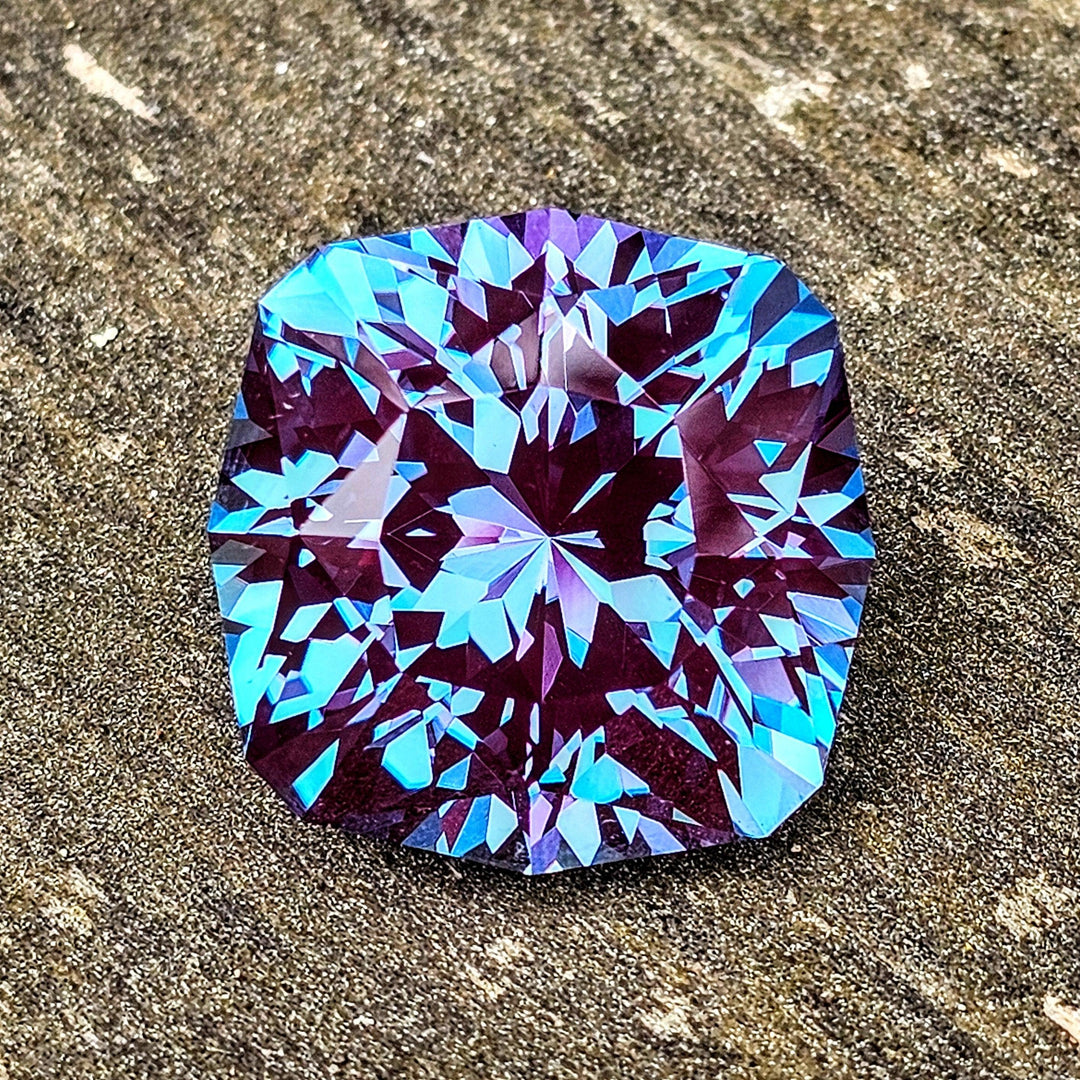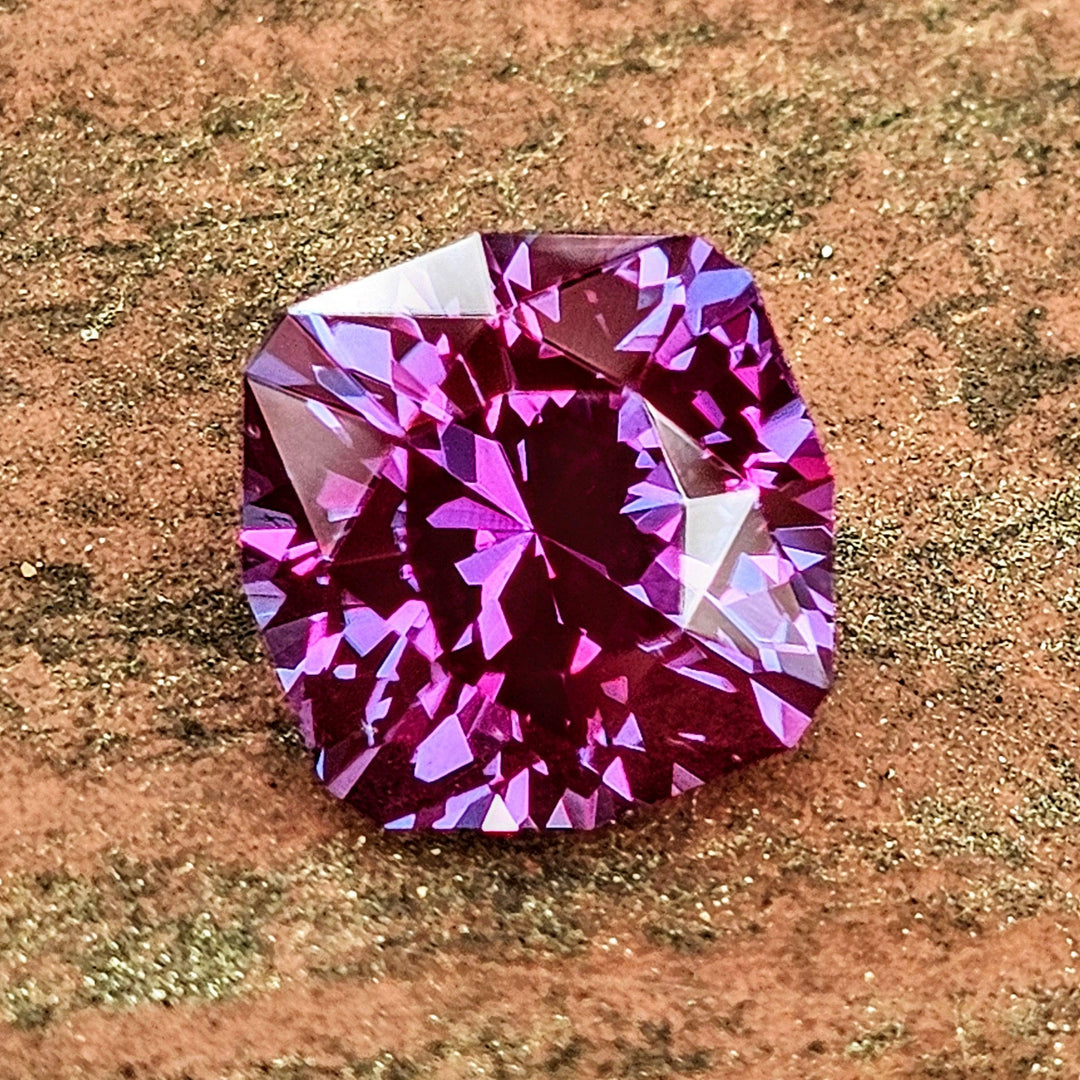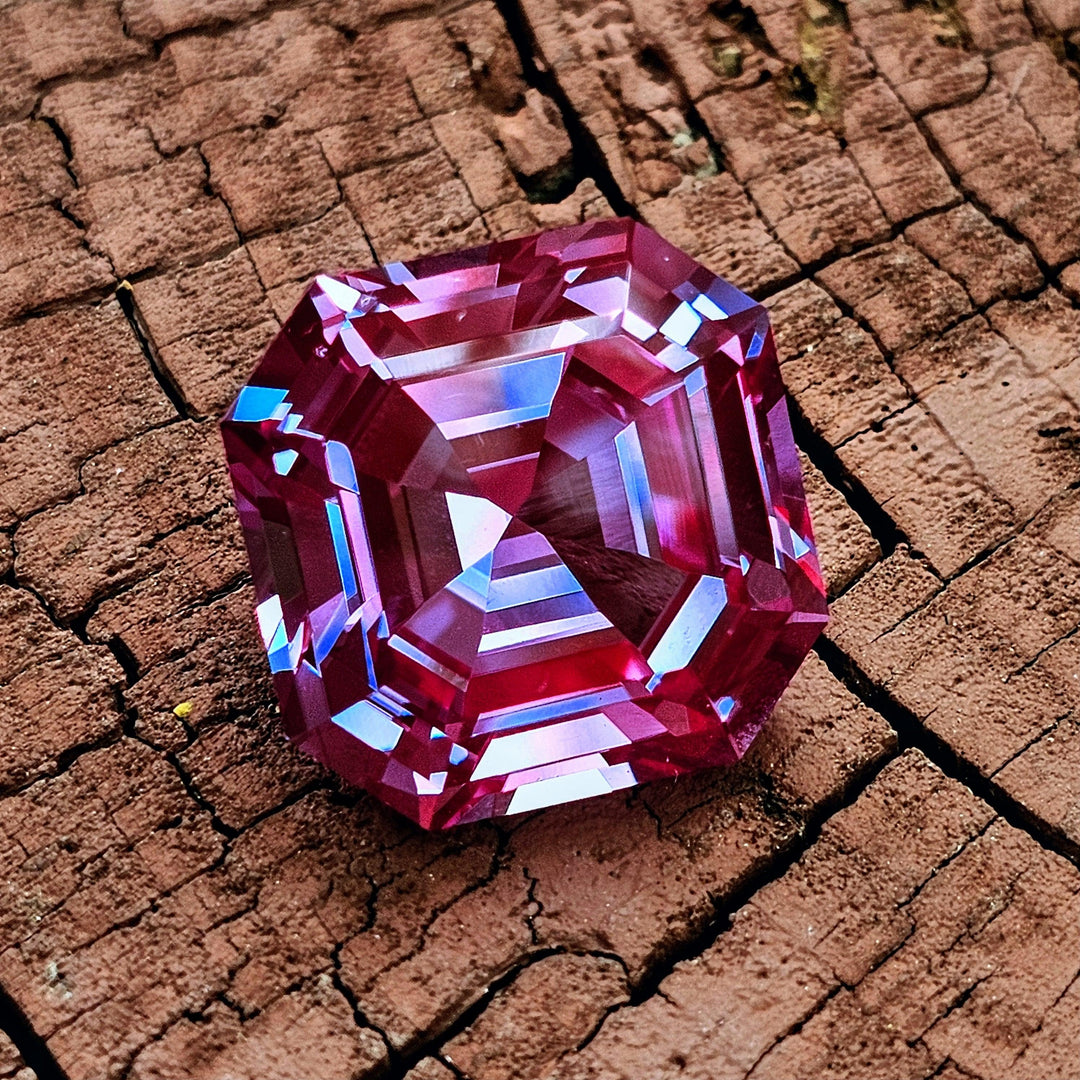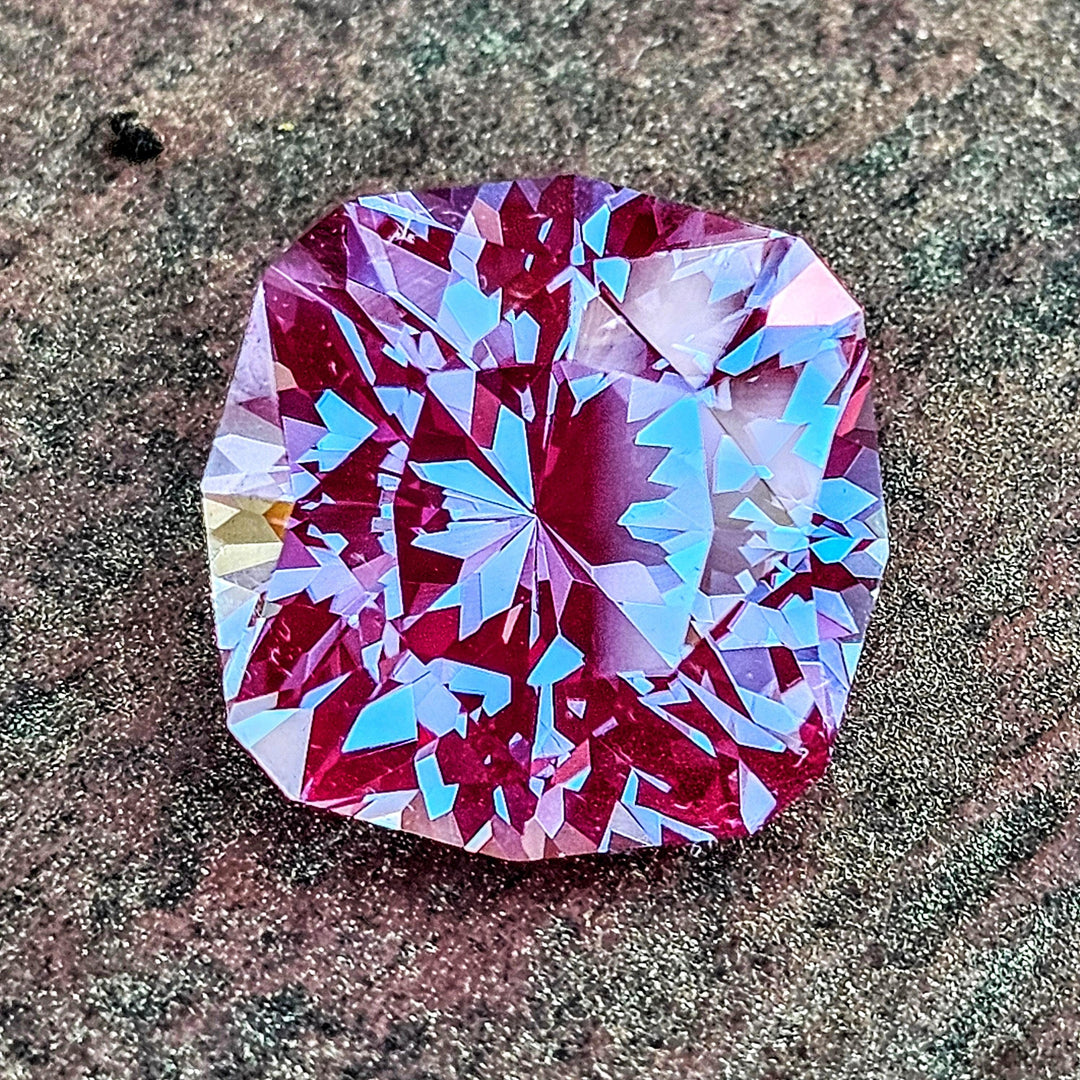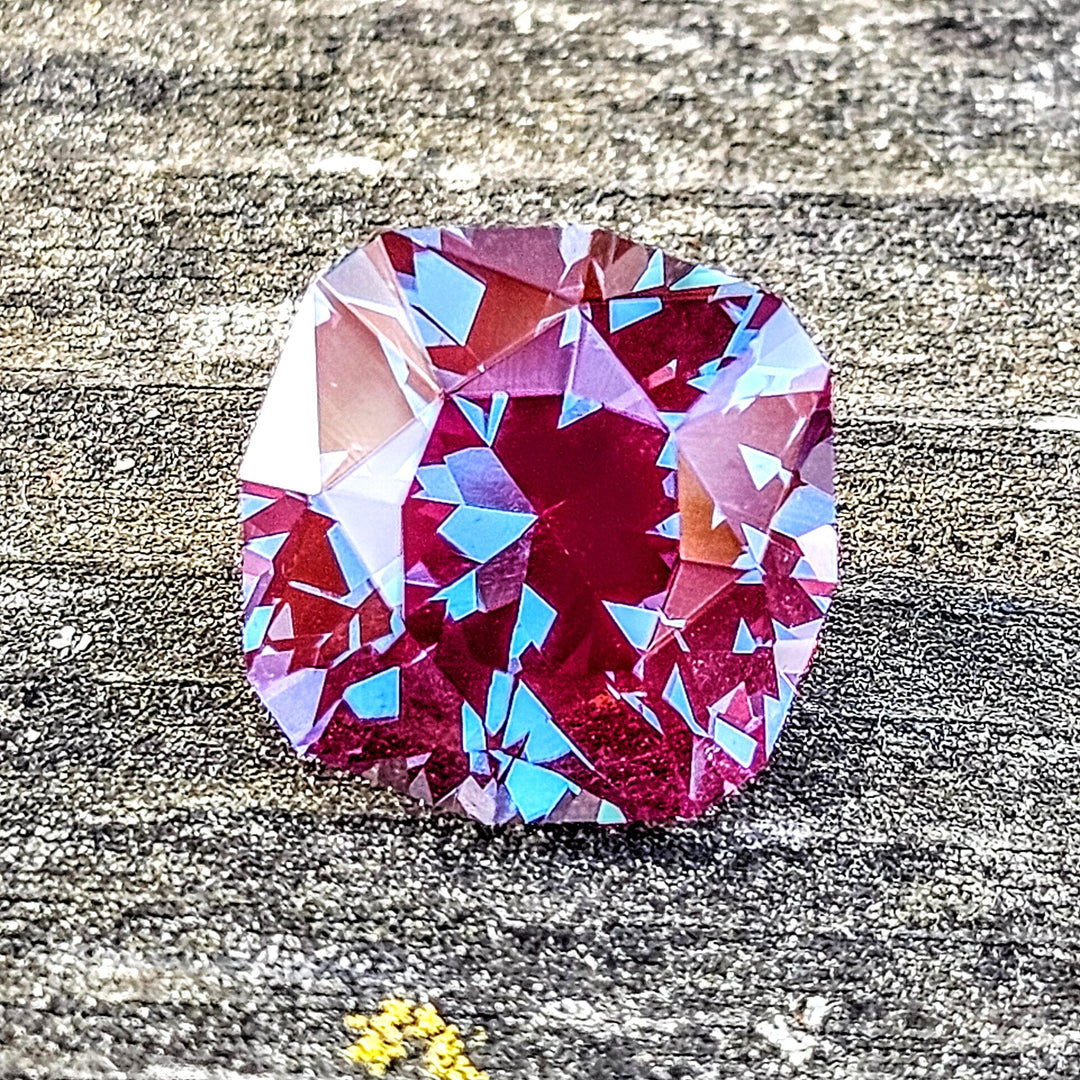Lab-grown alexandrite is a prominent player in the gem trade, treasured for its distinct color-changing ability, which shifts from green in natural light to a rich red or purple under artificial lighting. This phenomenon, known as the alexandrite effect, is highly valued for its rarity and beauty, making the gem a popular choice for sophisticated jewelry designs. Since natural alexandrite is exceedingly rare and expensive, the availability of lab-grown alternatives provides a more accessible option for both jewelers and consumers. These synthetically produced stones offer the same mesmerizing visual appeal but at a fraction of the cost, enabling wider use in various jewelry settings, from engagement rings to statement pieces.
In the scientific and technological arenas, lab-grown alexandrite has applications that extend beyond mere aesthetics. Its unique optical properties make it an excellent material for various optical devices. Lab-grown alexandrite is particularly useful in laser technology; it is used to create tunable lasers for medical and industrial applications. These lasers can be adjusted to emit light at various wavelengths, which is crucial for tasks such as precise cutting, dermatological treatments, and in some spectroscopy techniques used for chemical analysis. The ability to produce large, defect-free crystals of lab-grown alexandrite economically is key to its widespread use in these high-tech fields, highlighting the gem's dual appeal as both a stunning and functional material.








